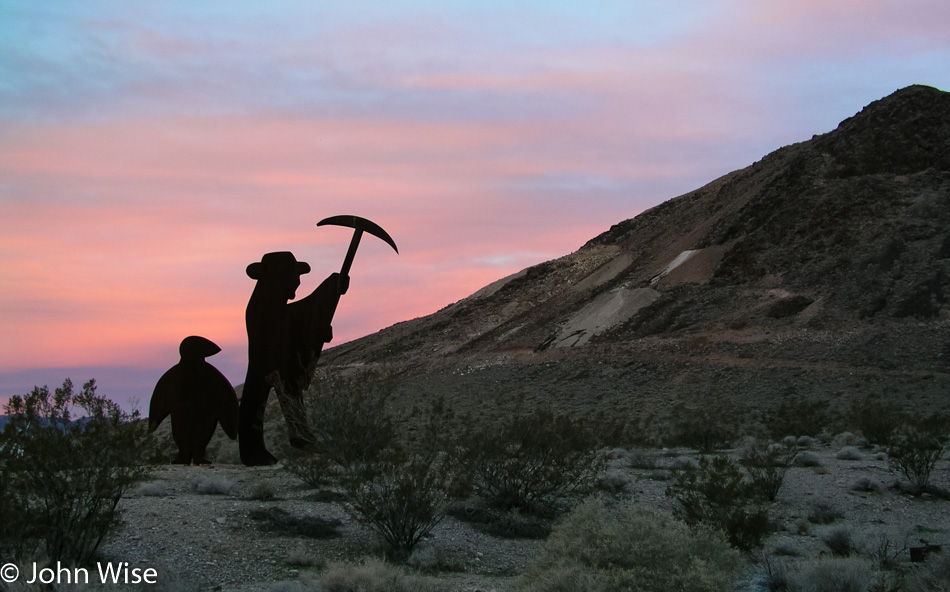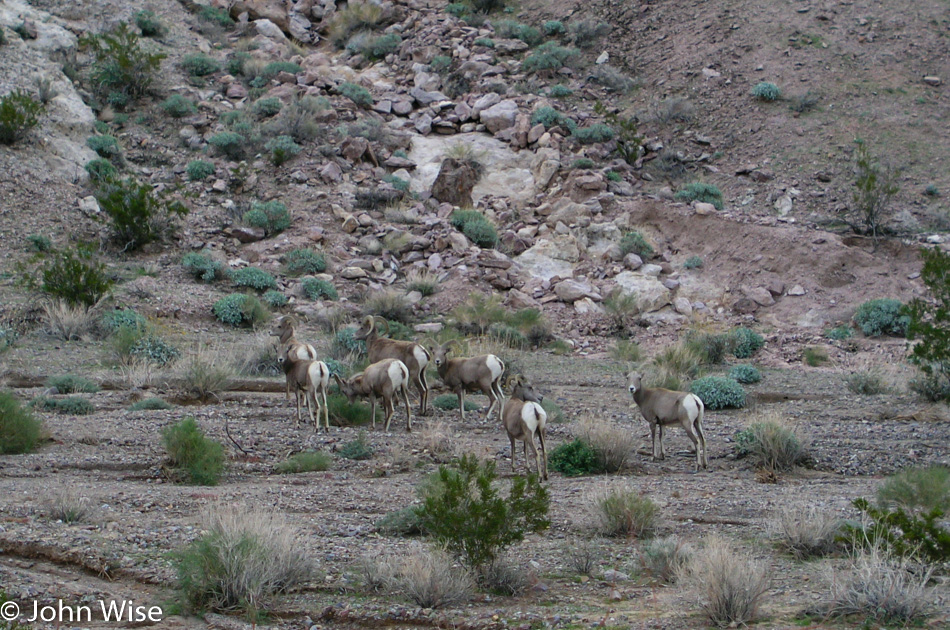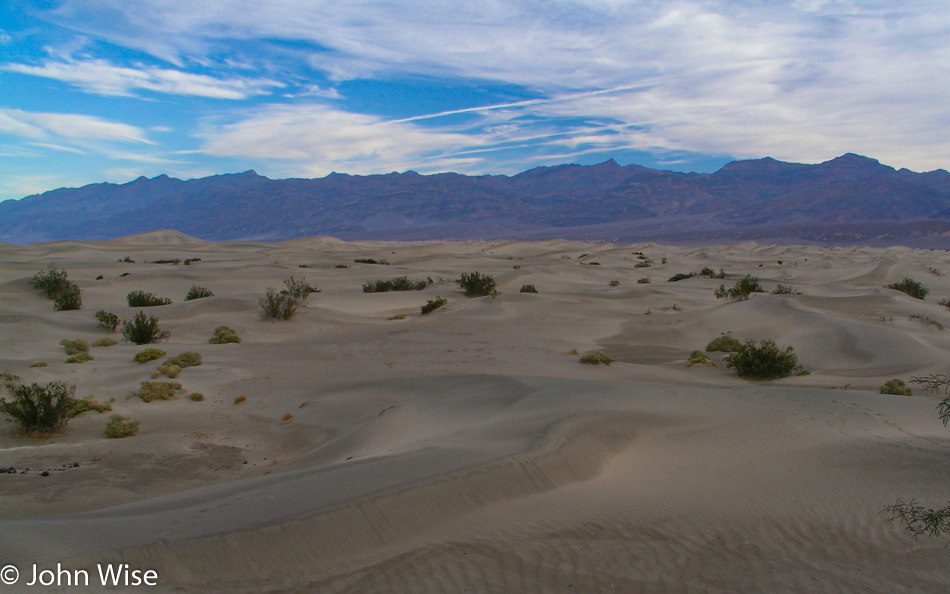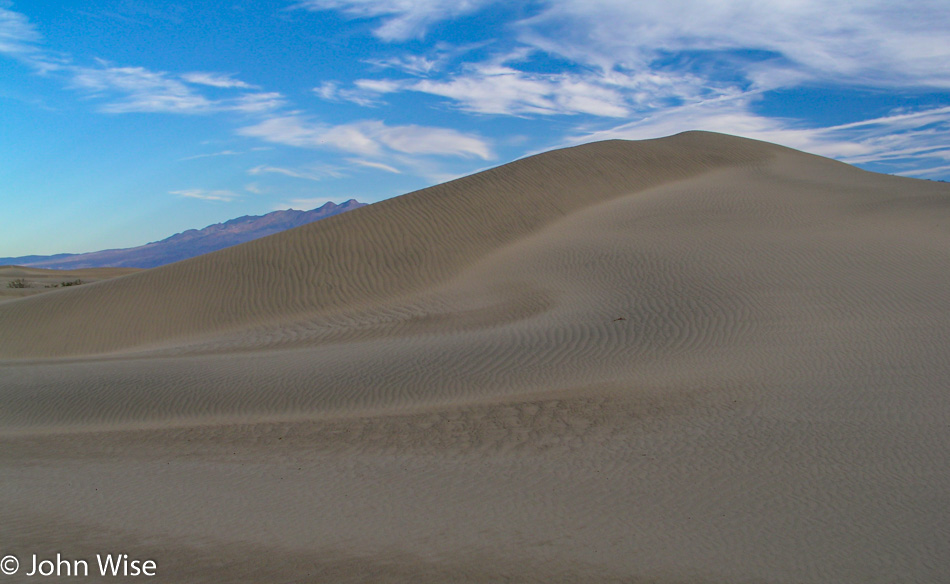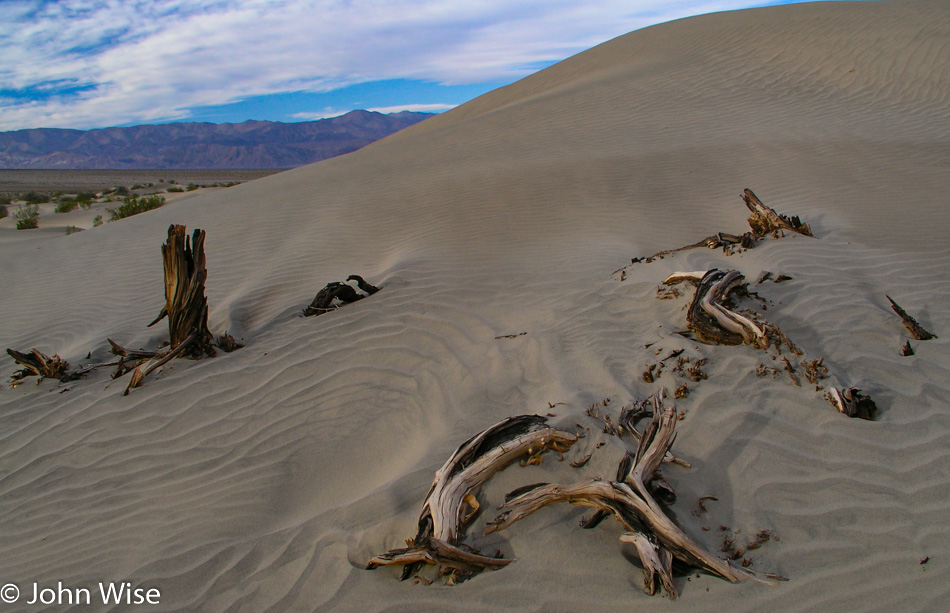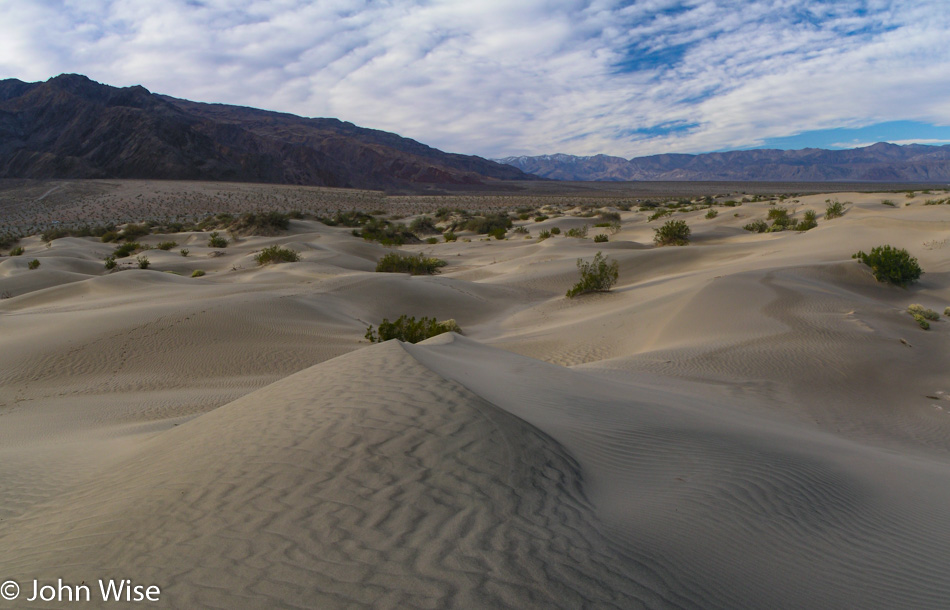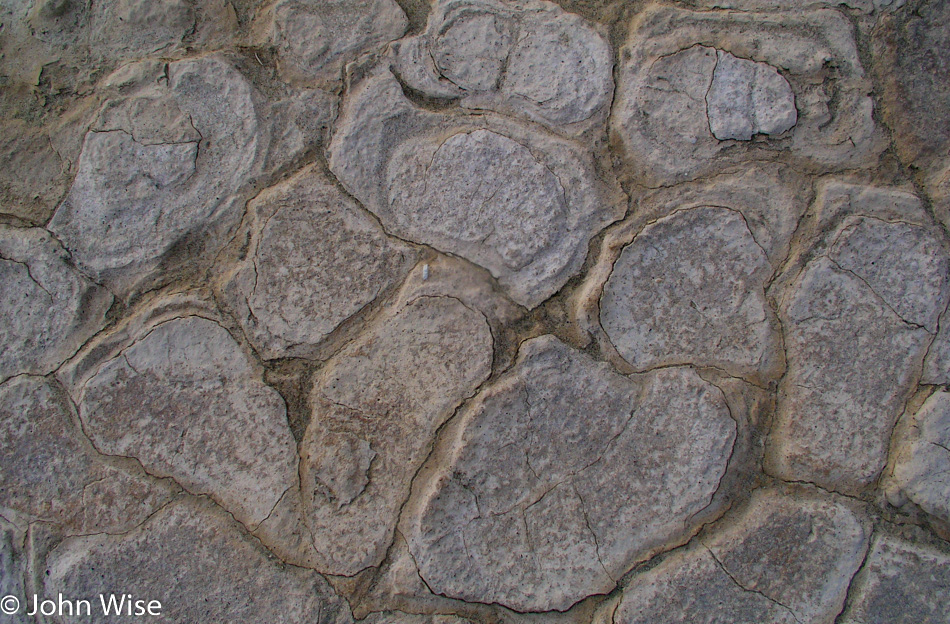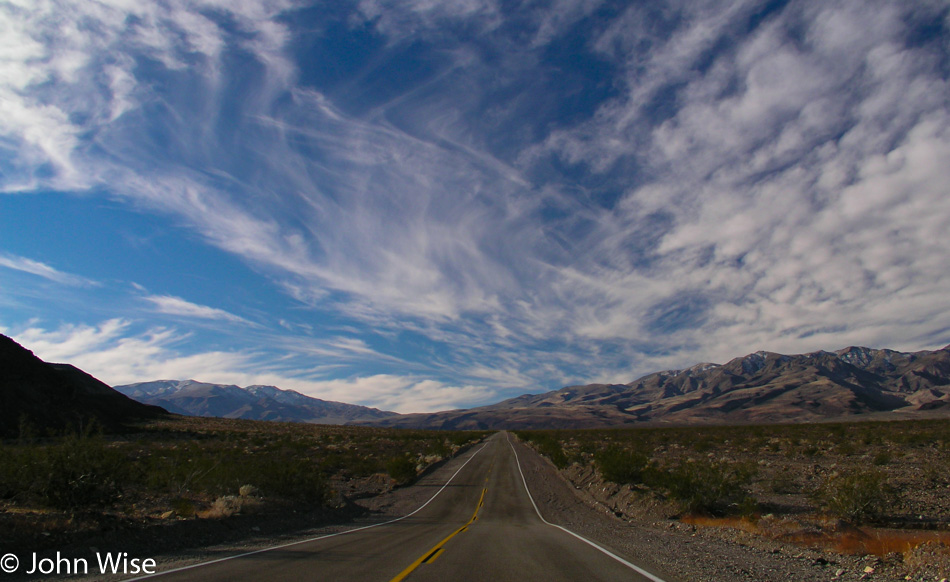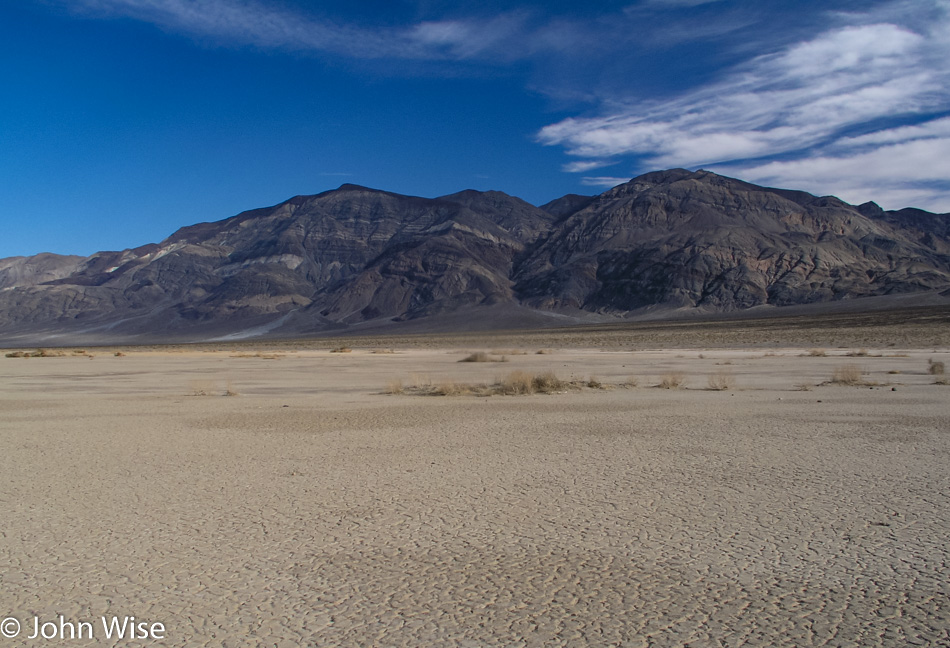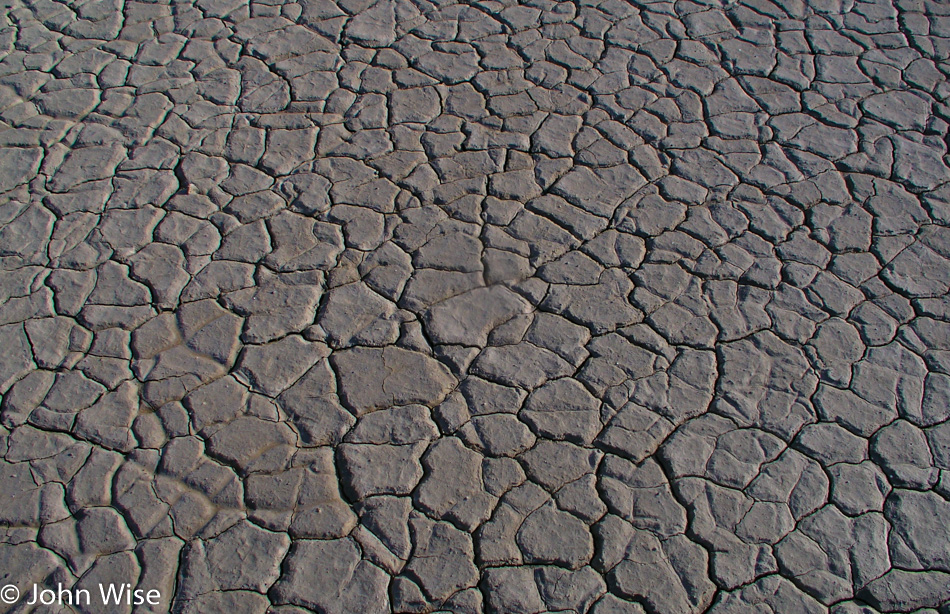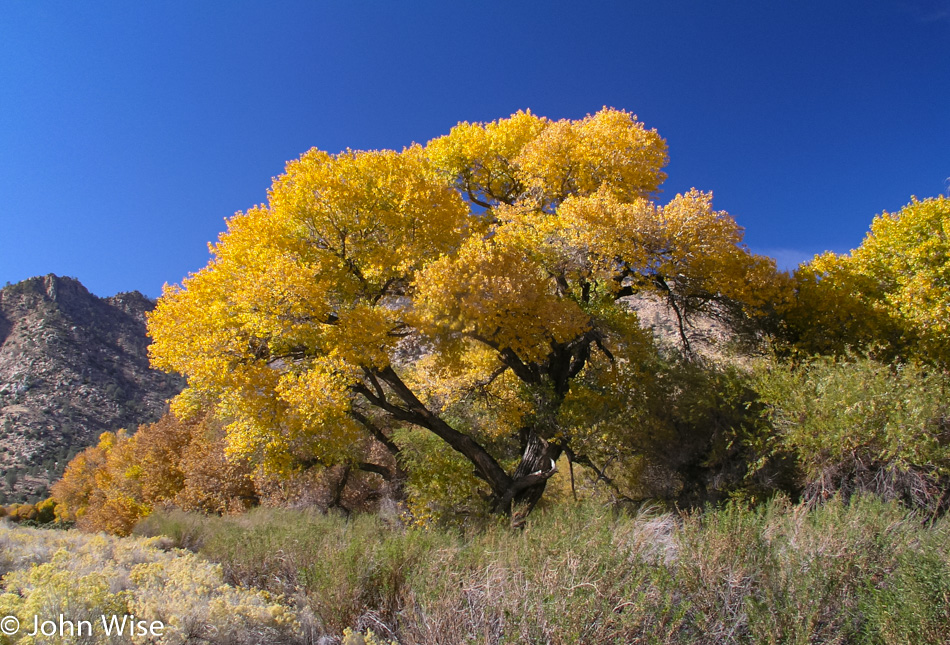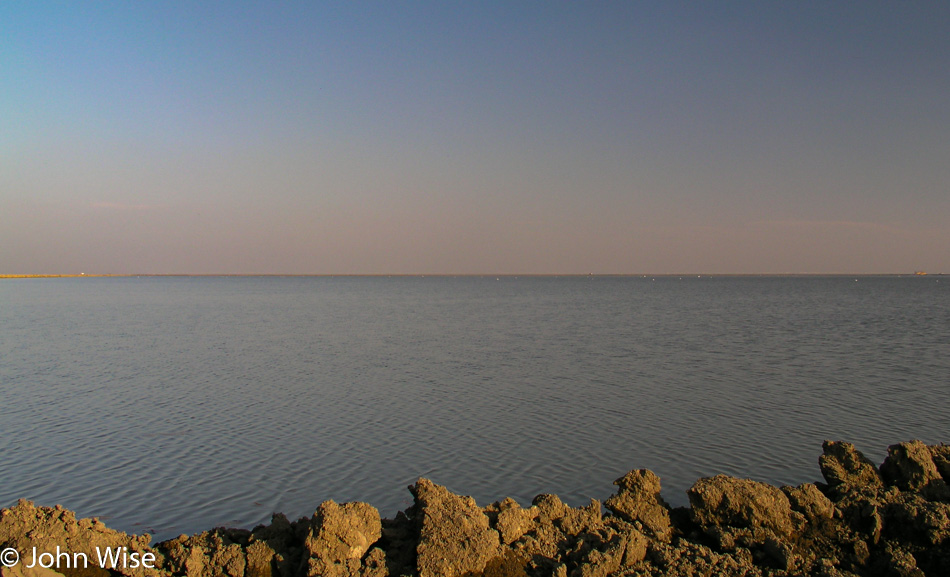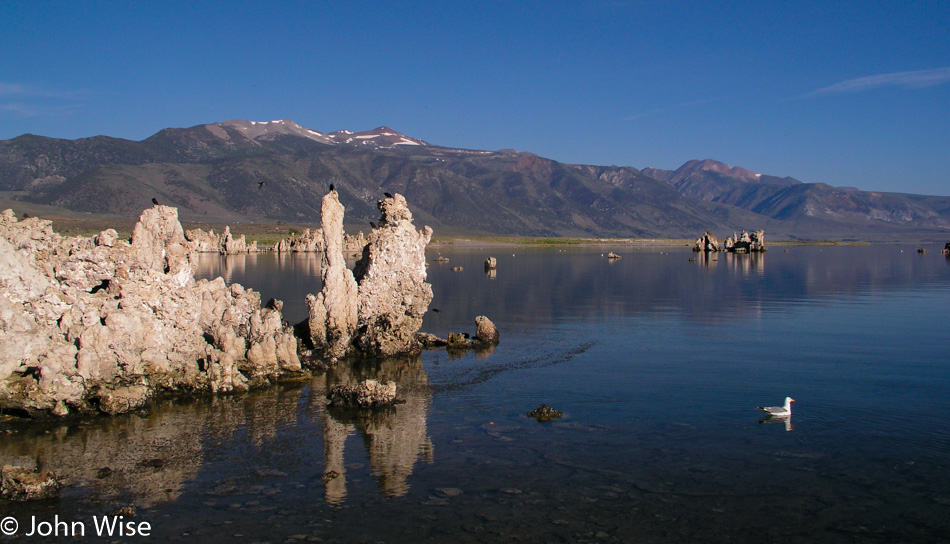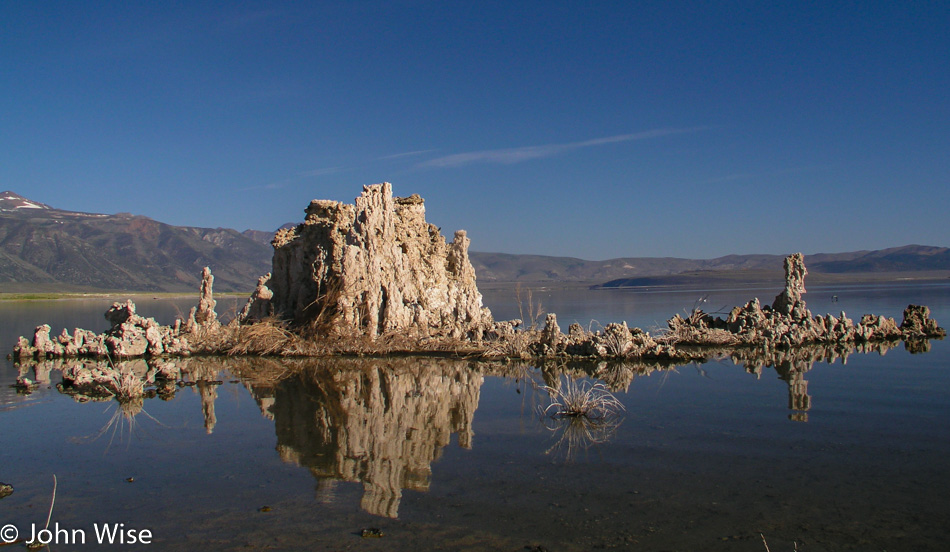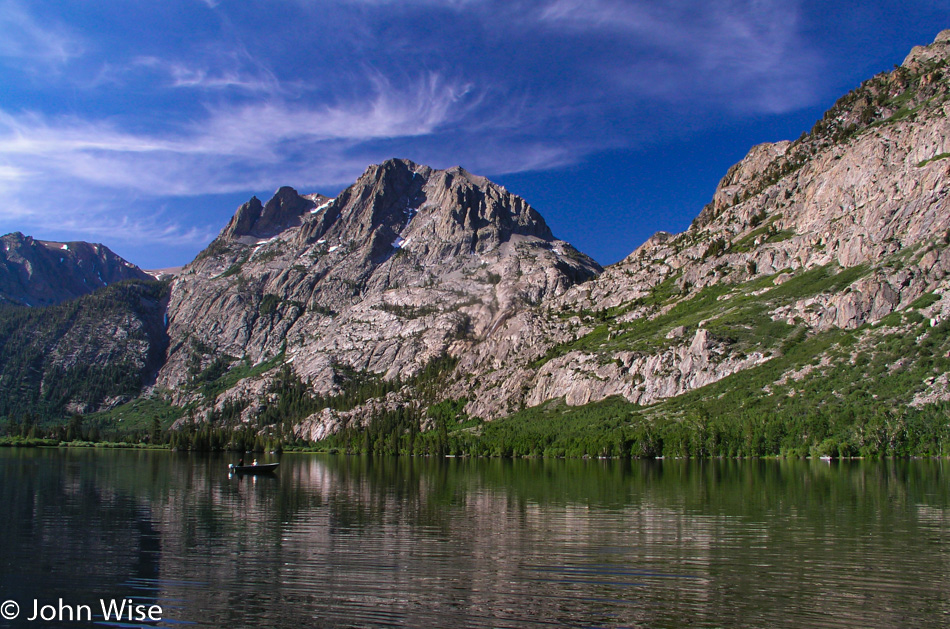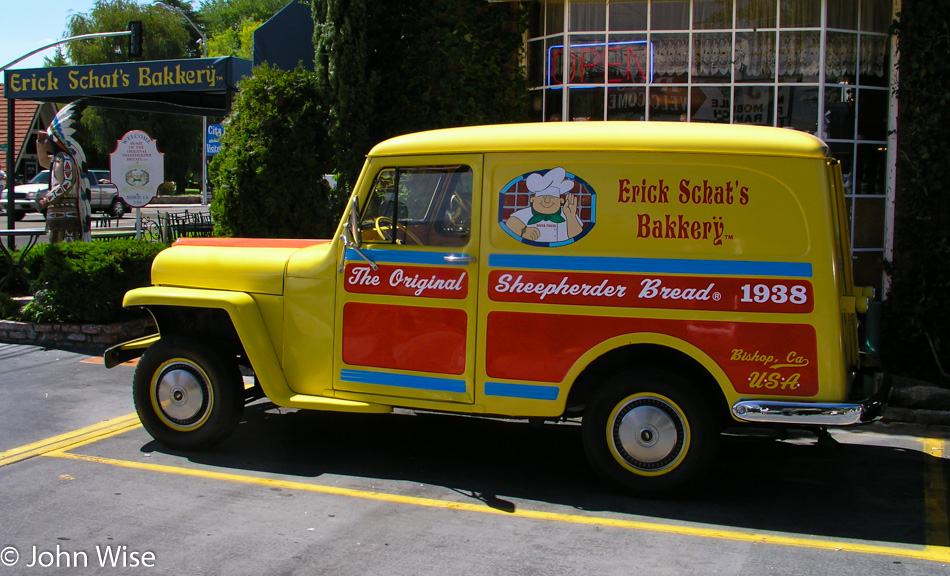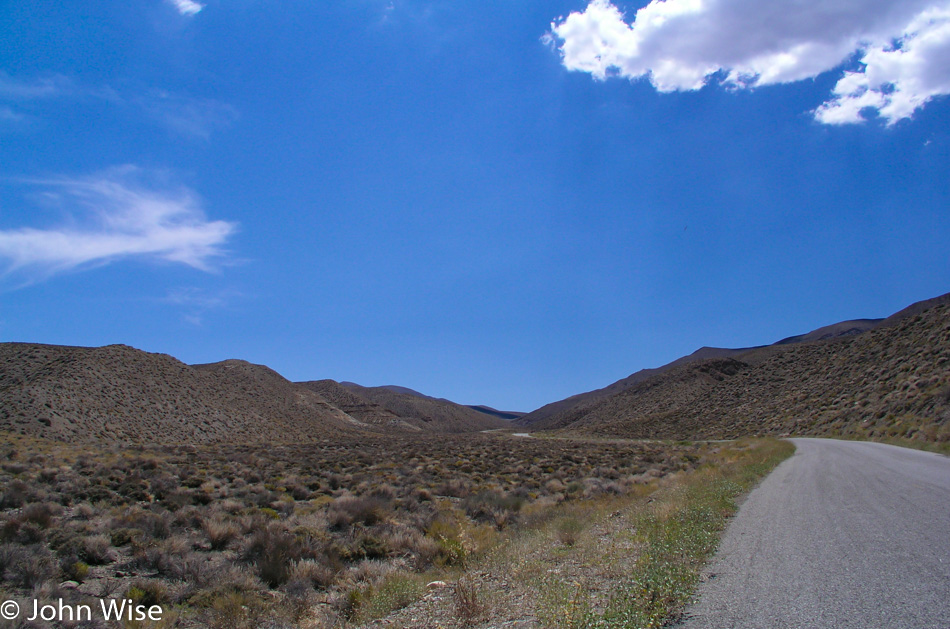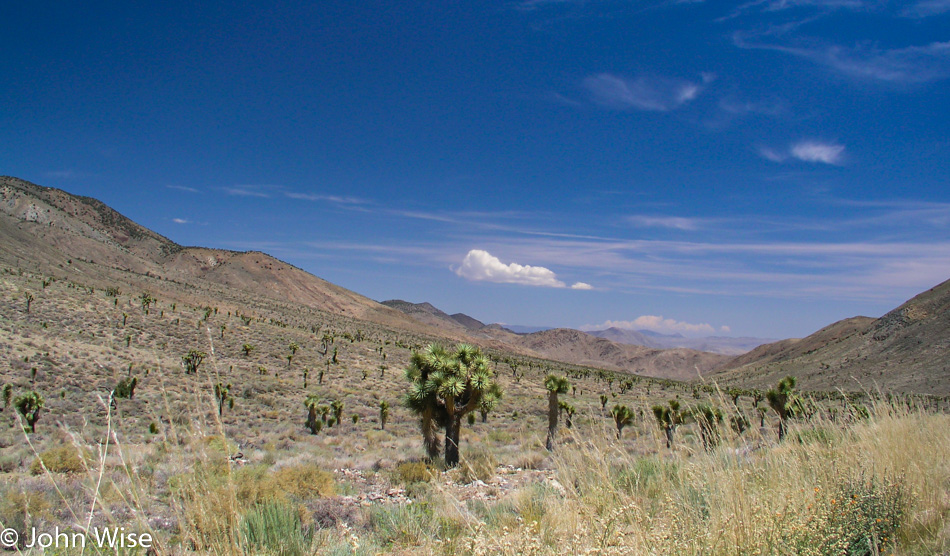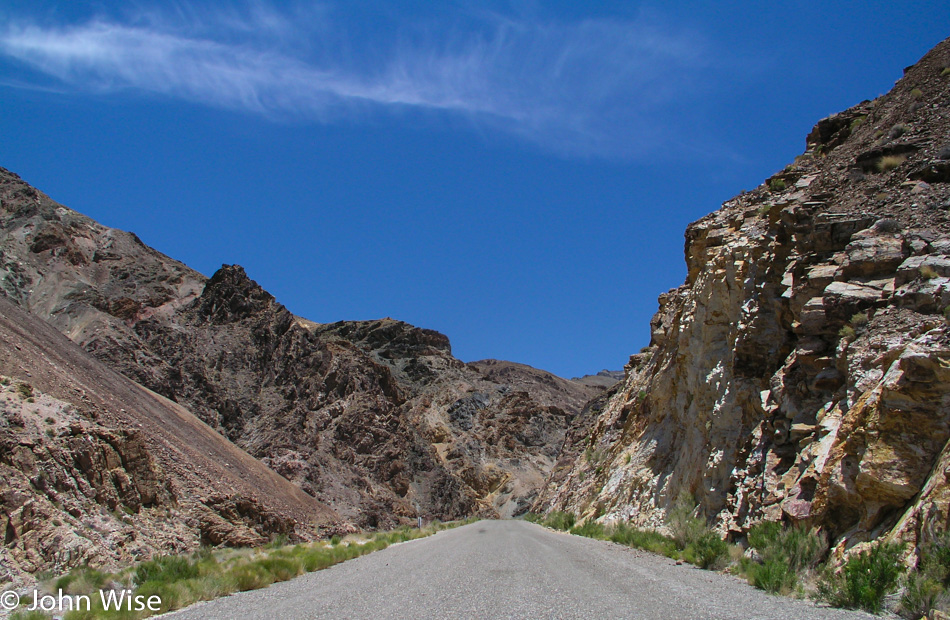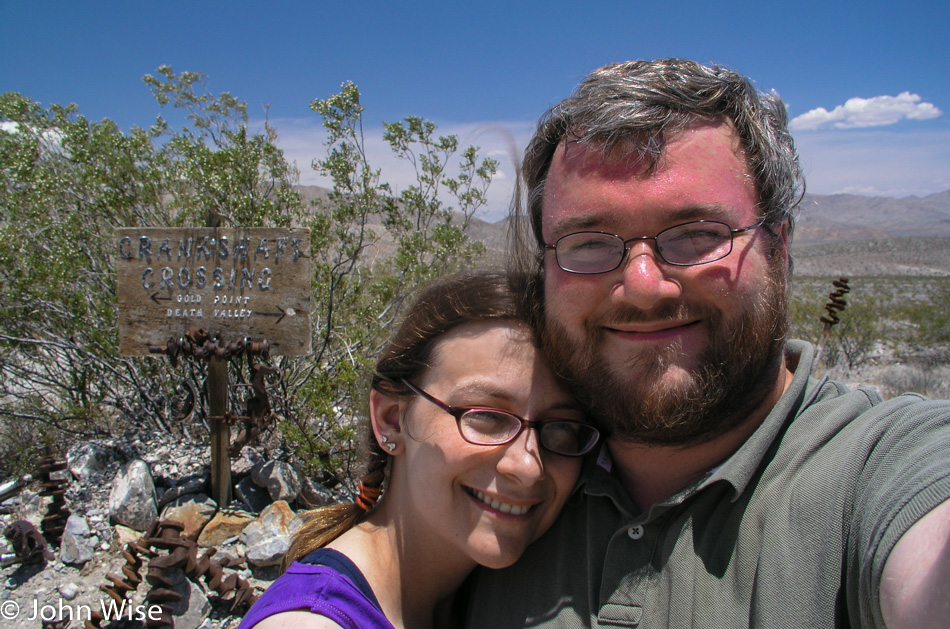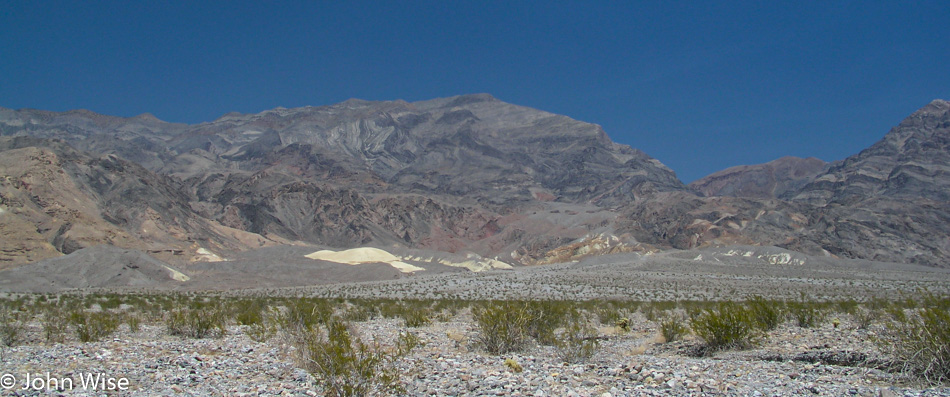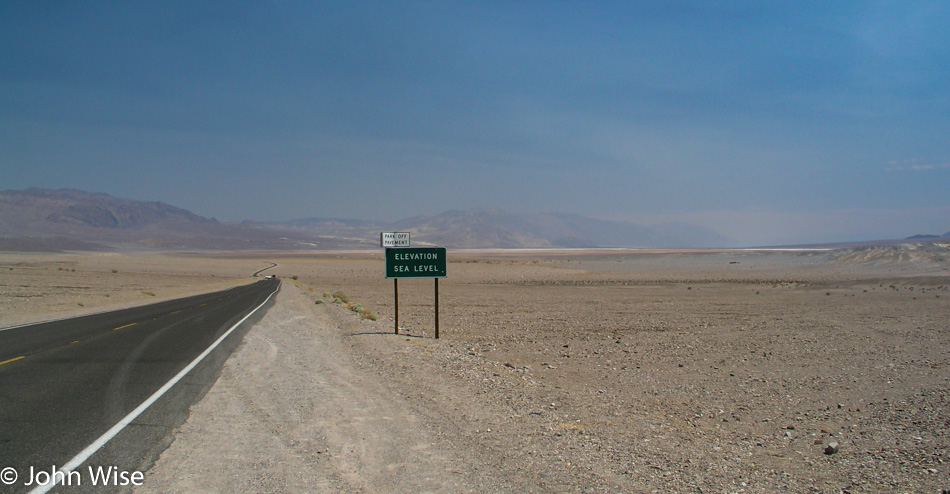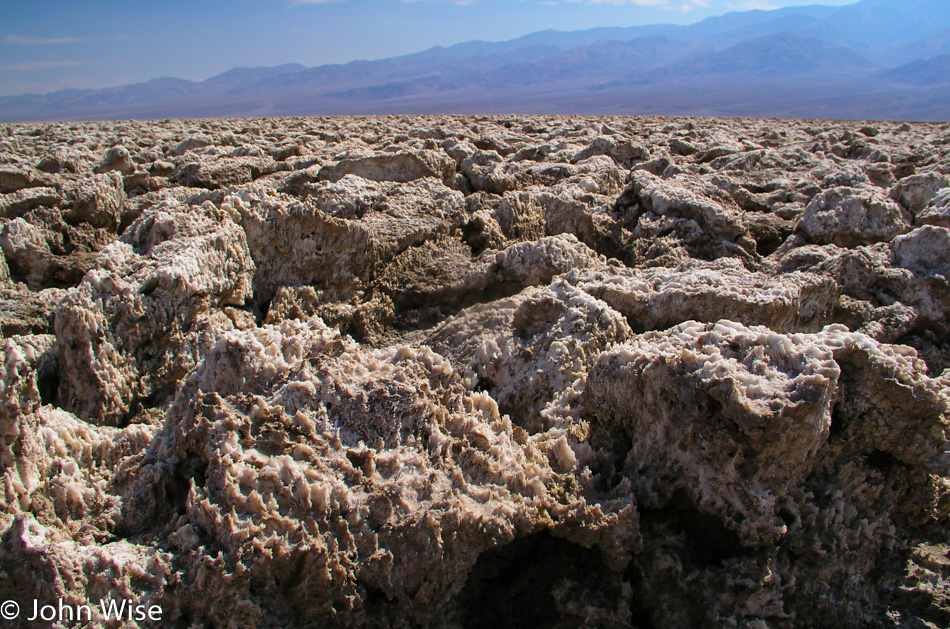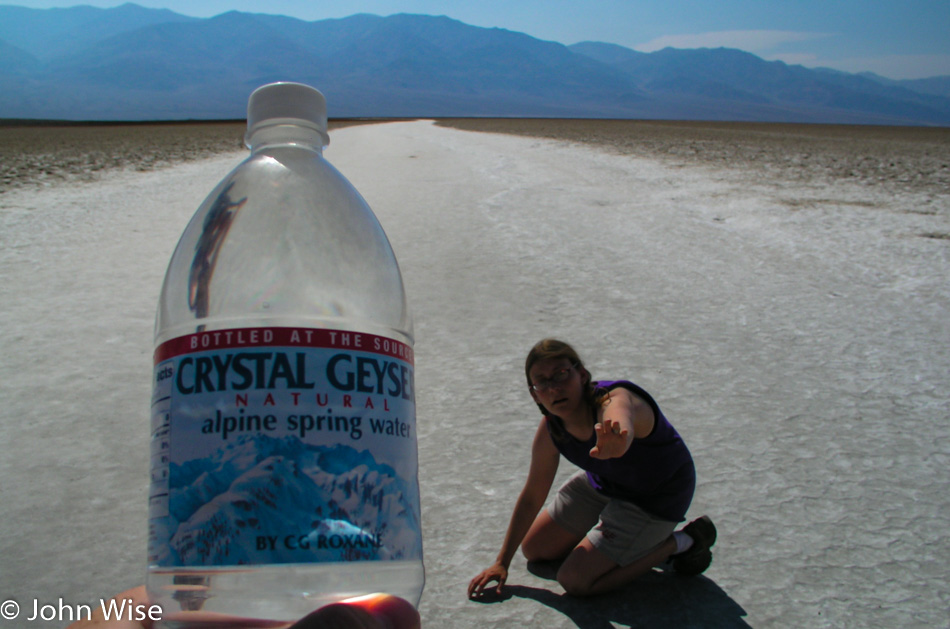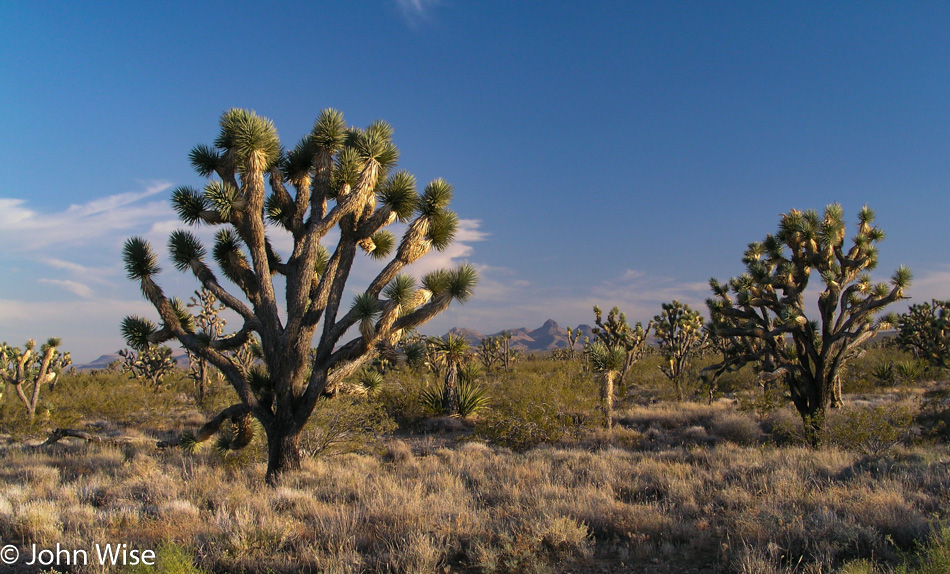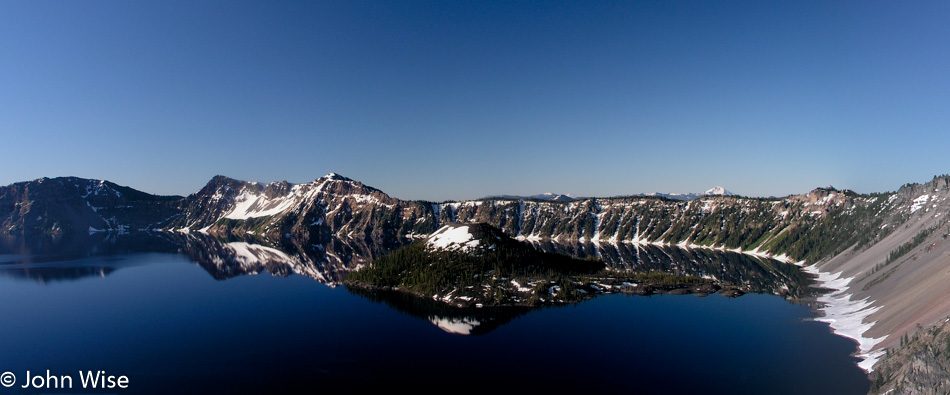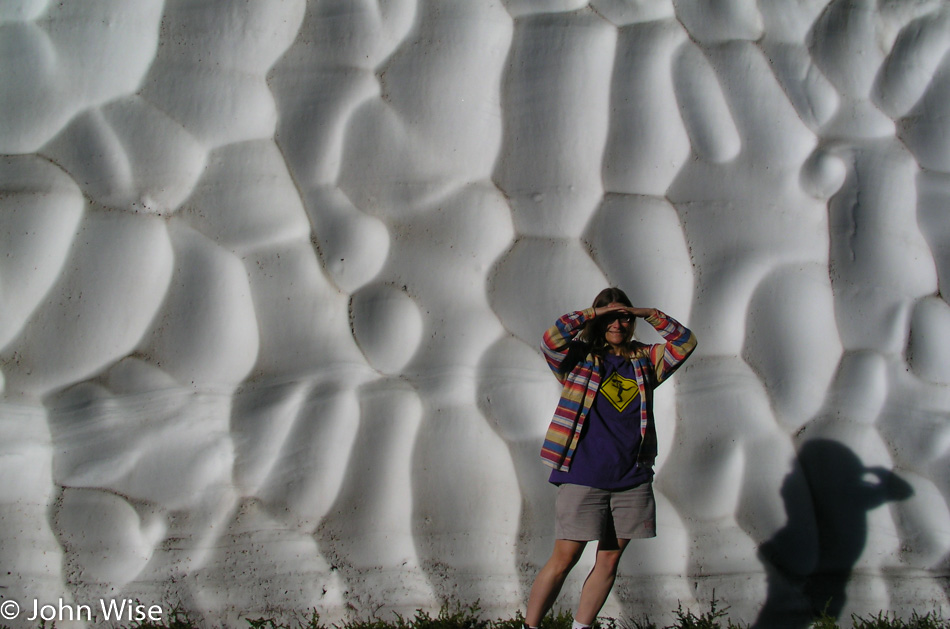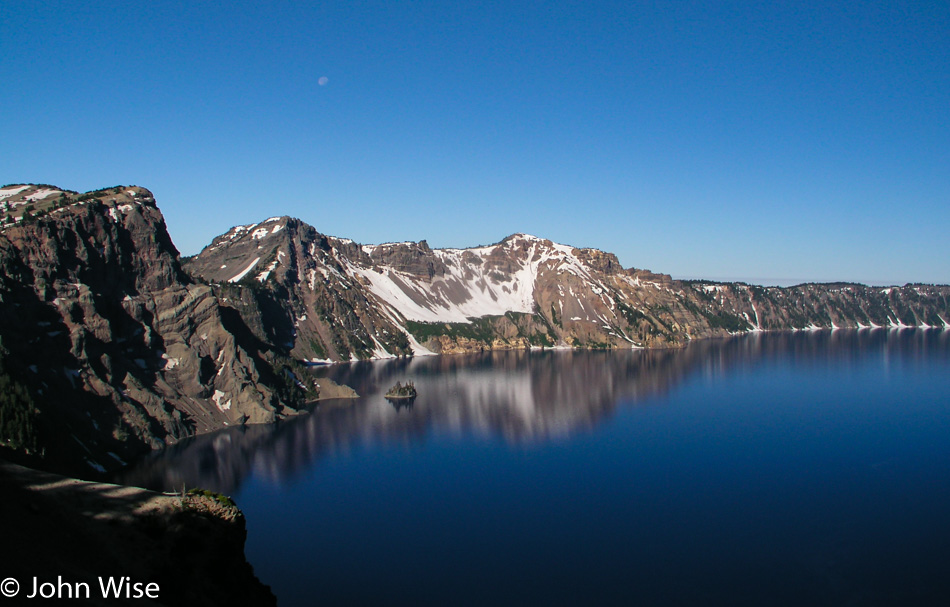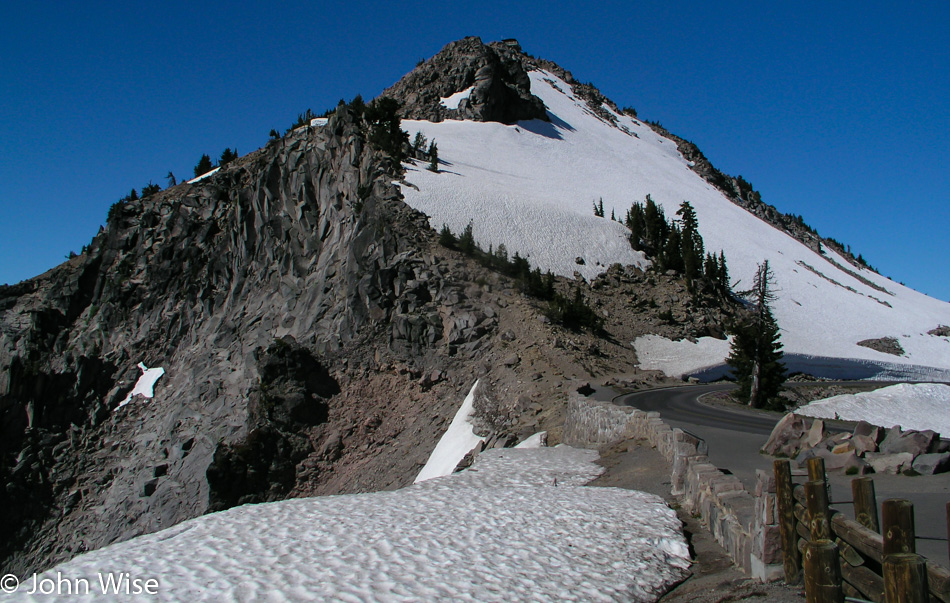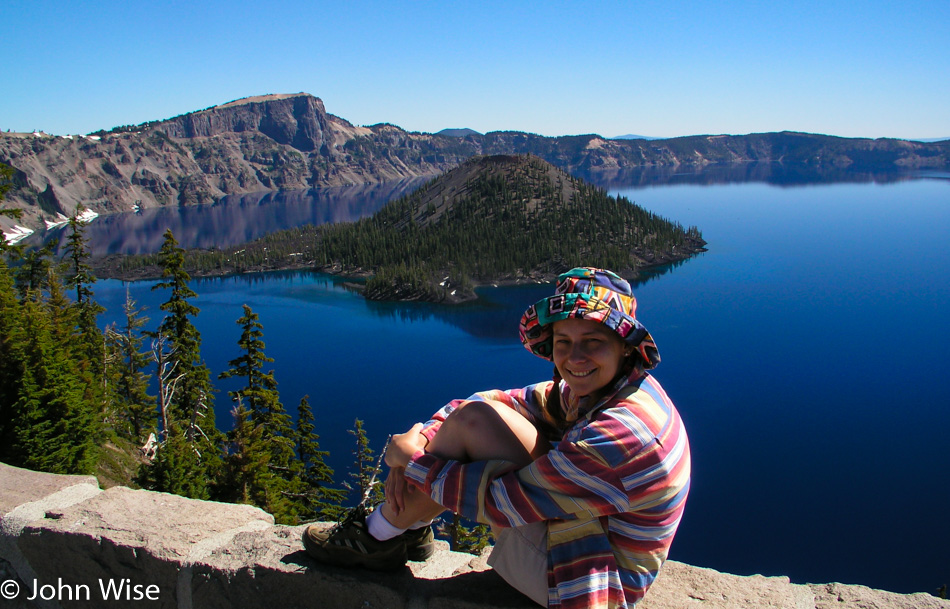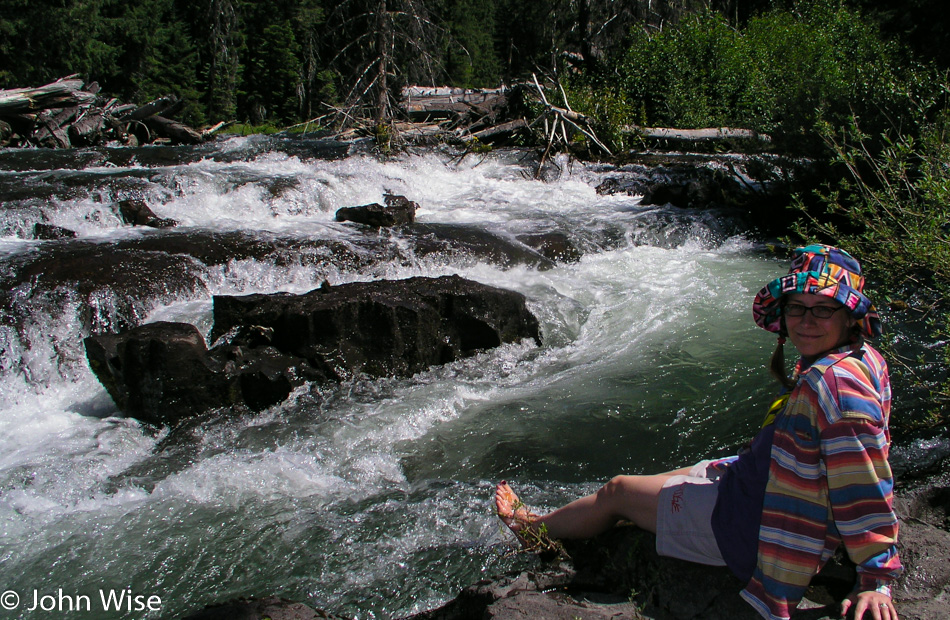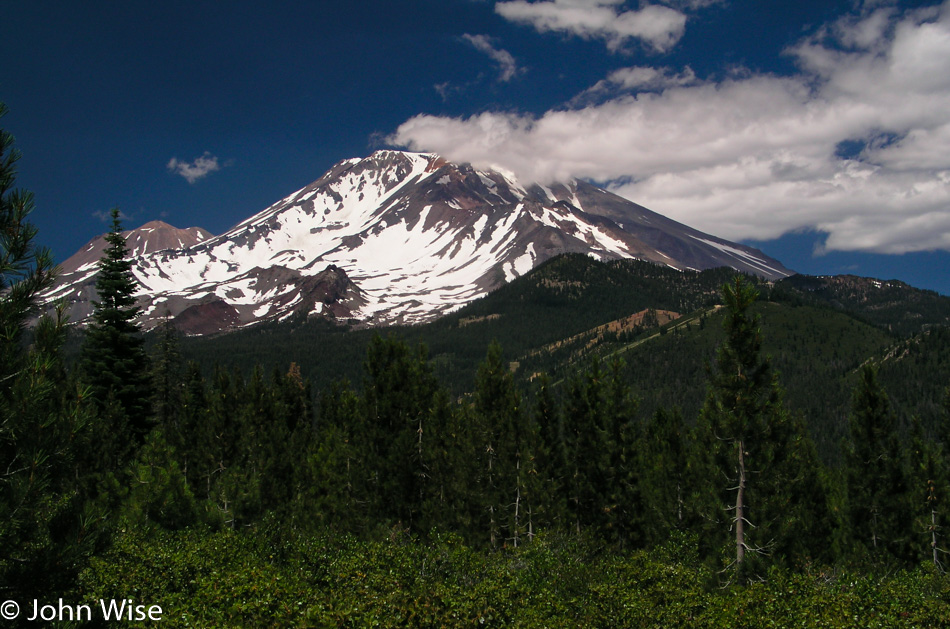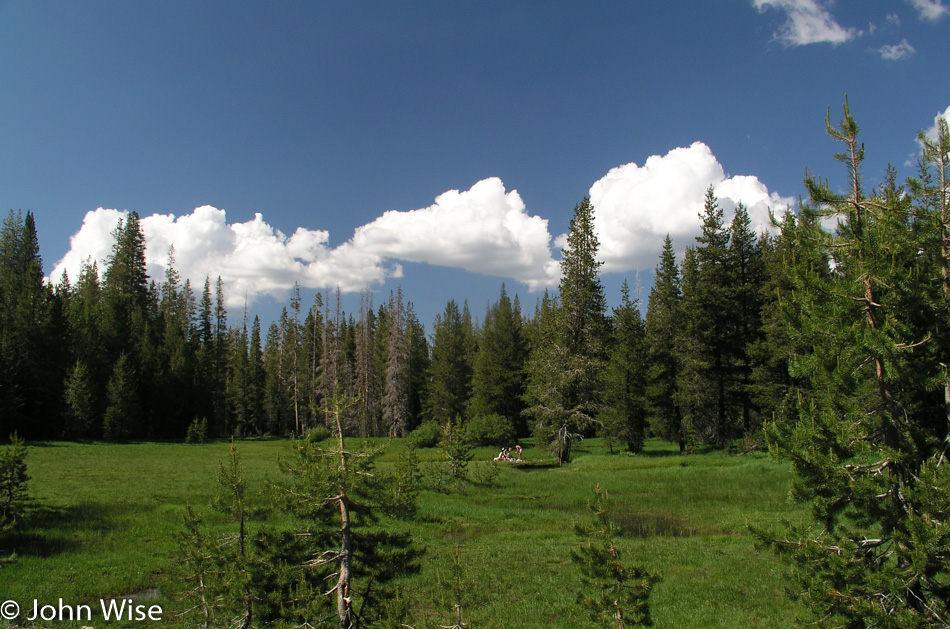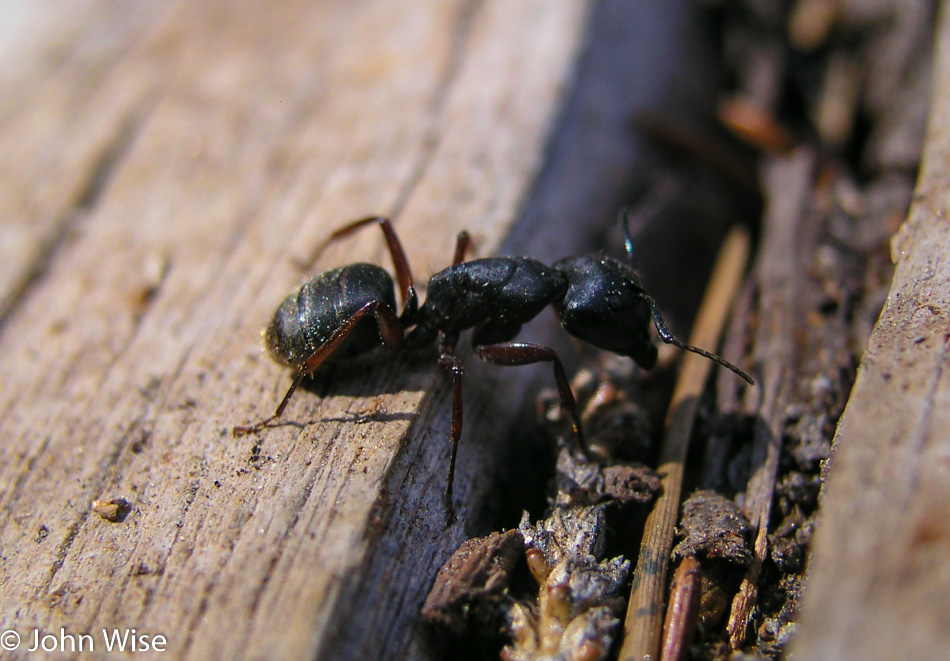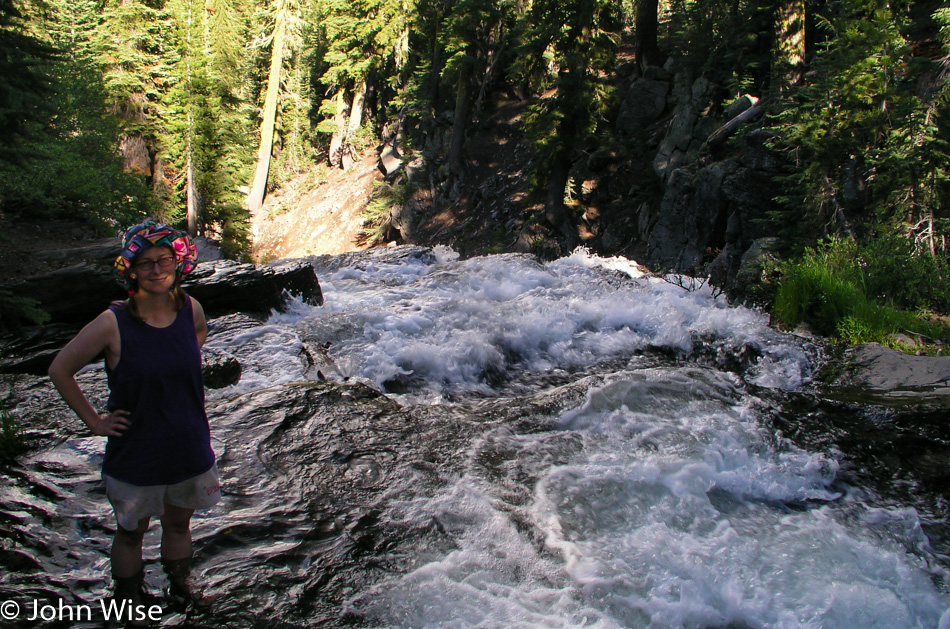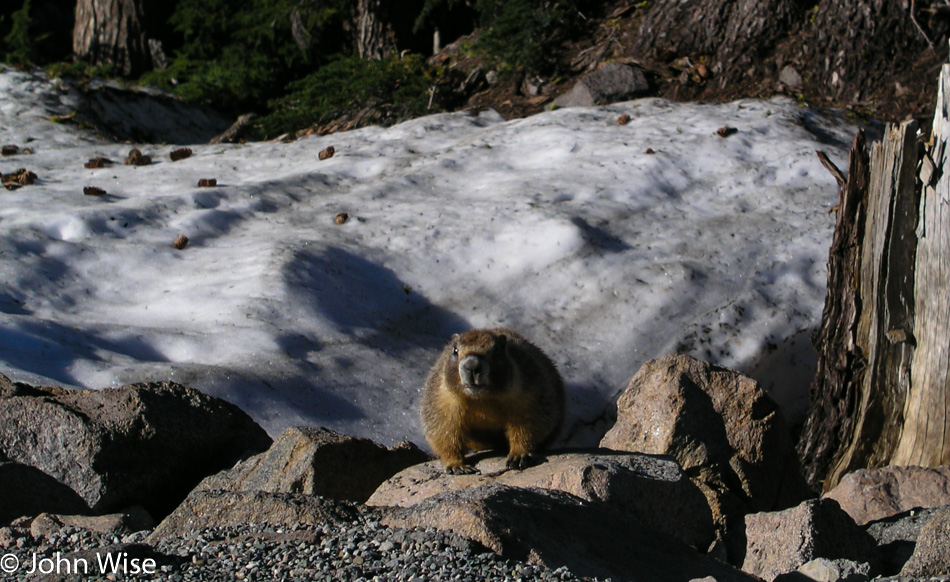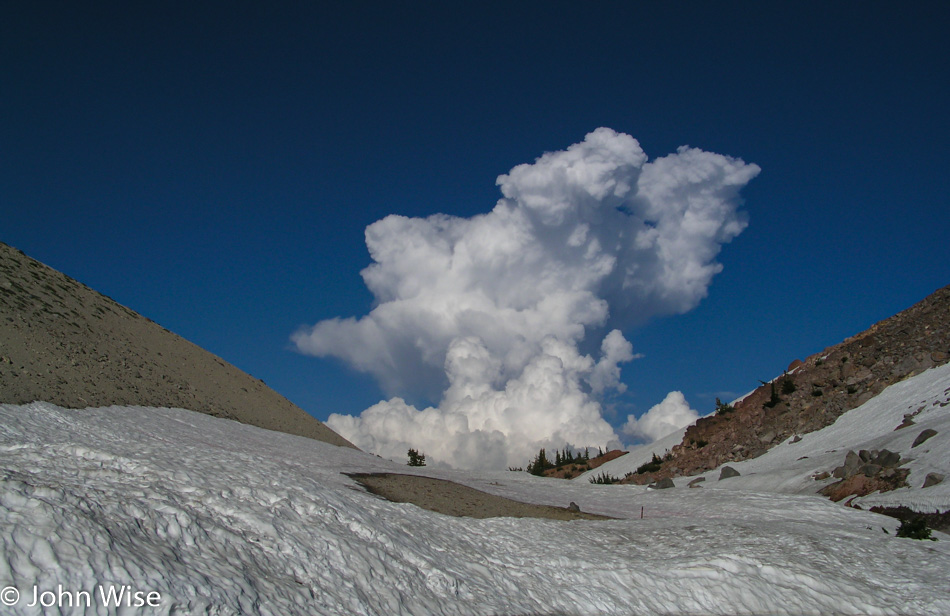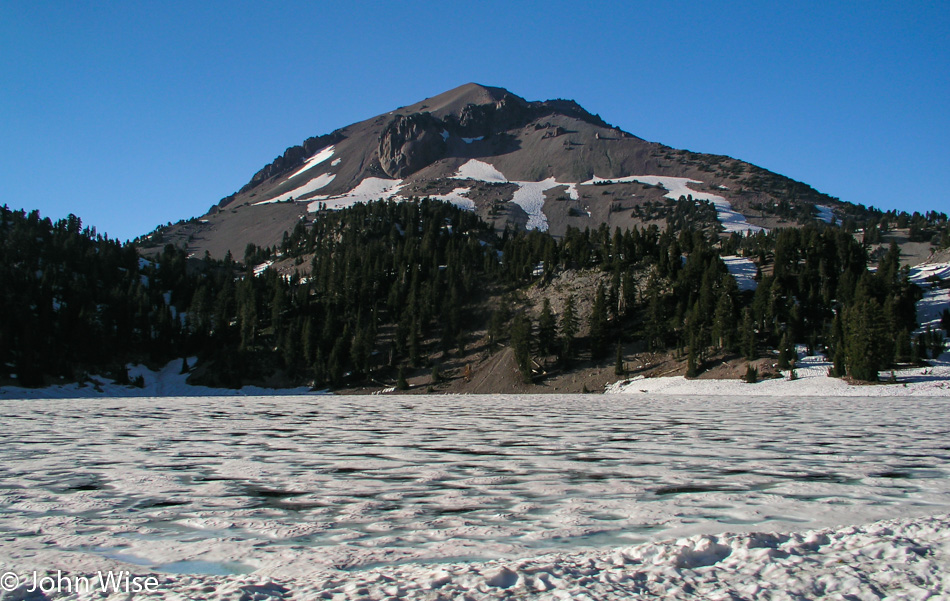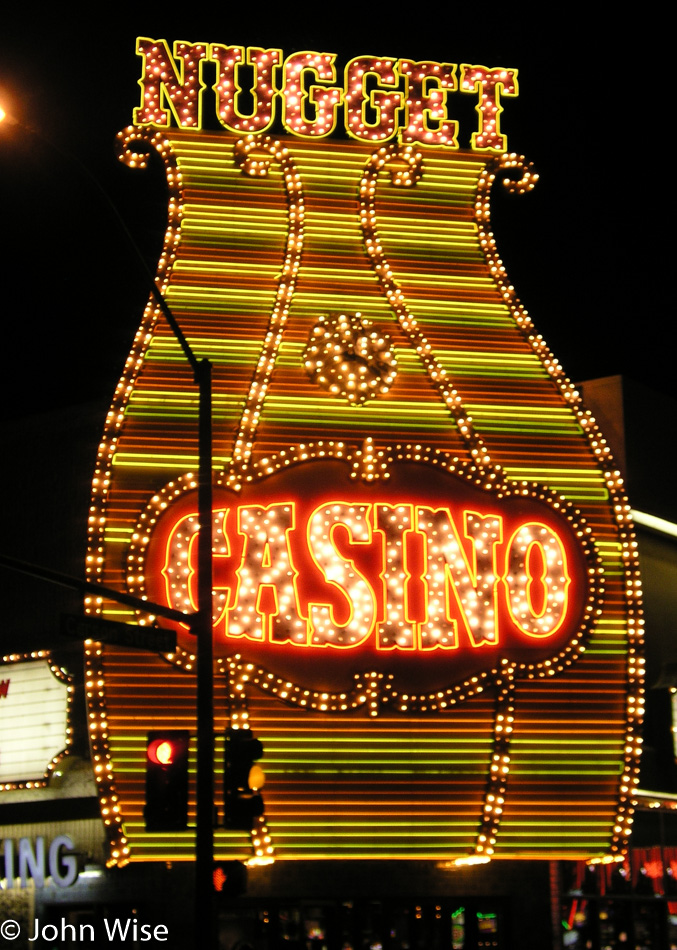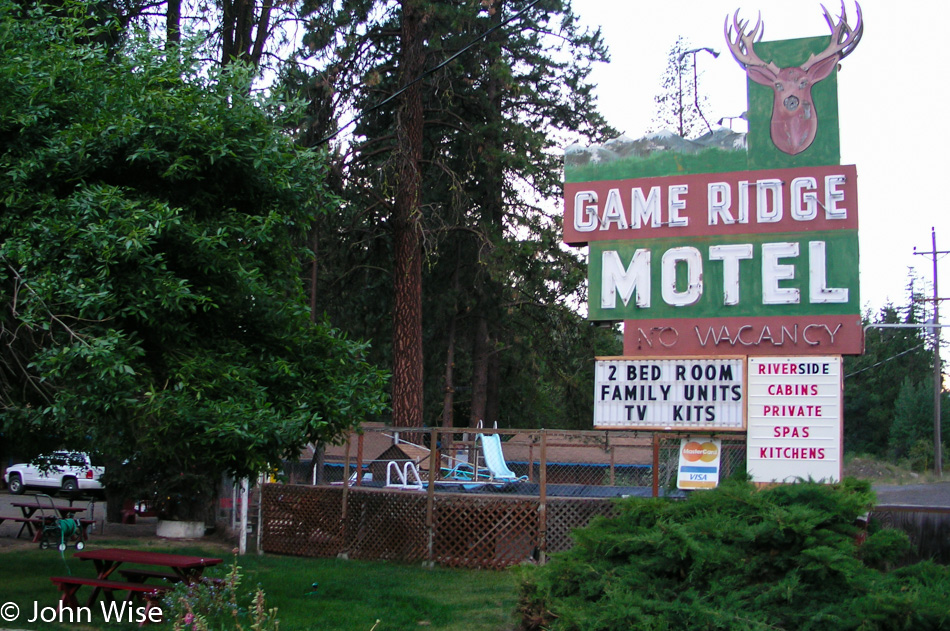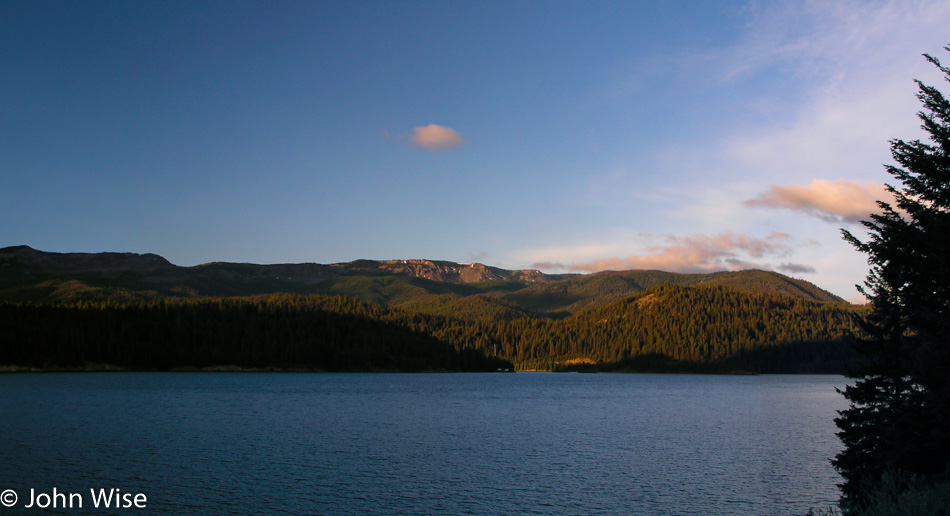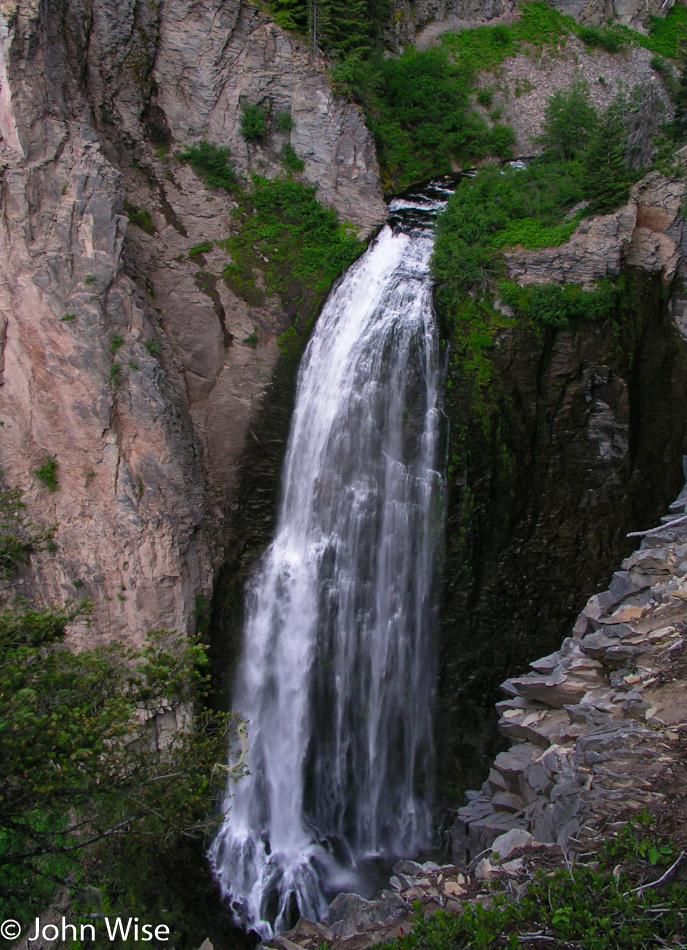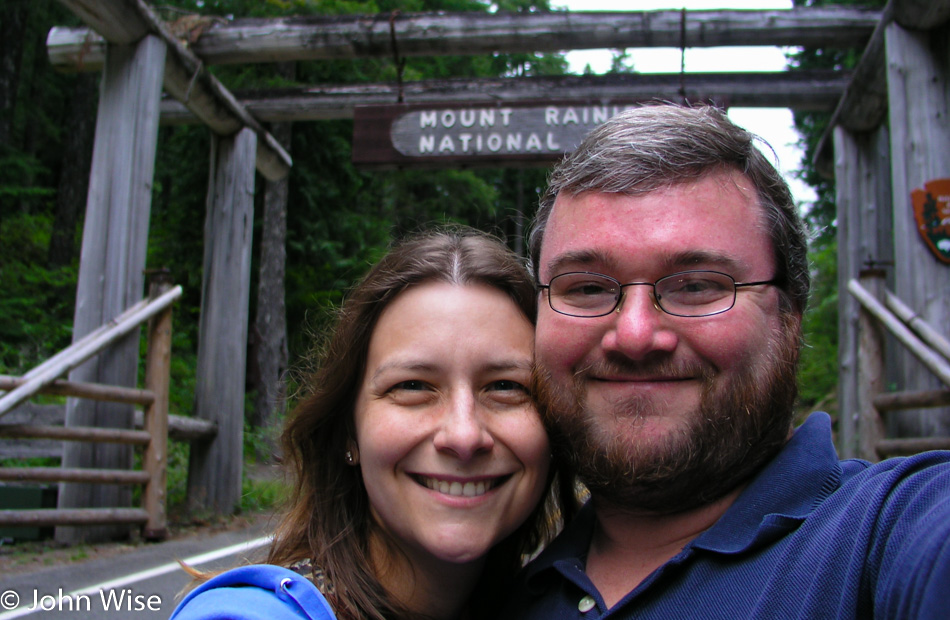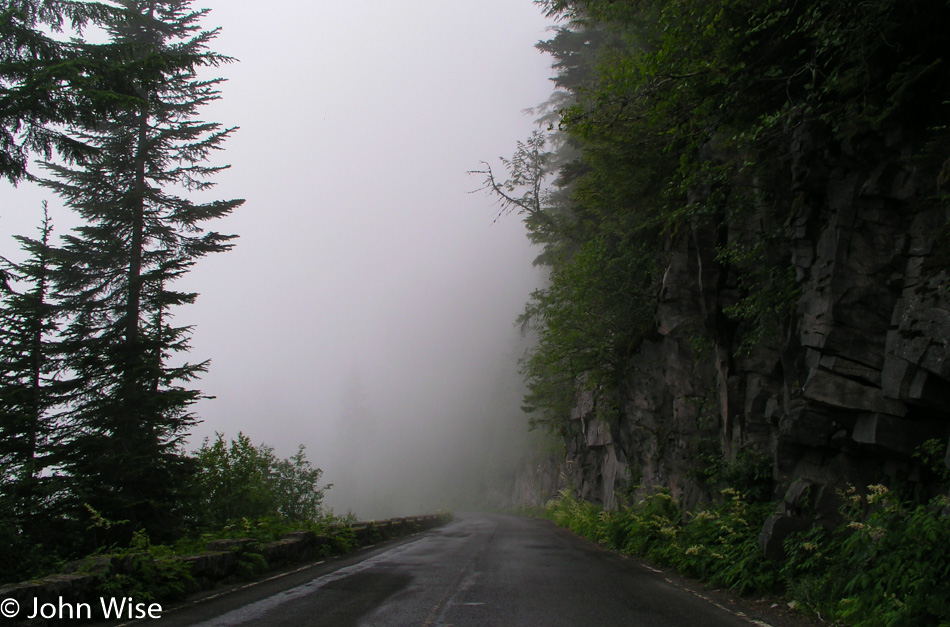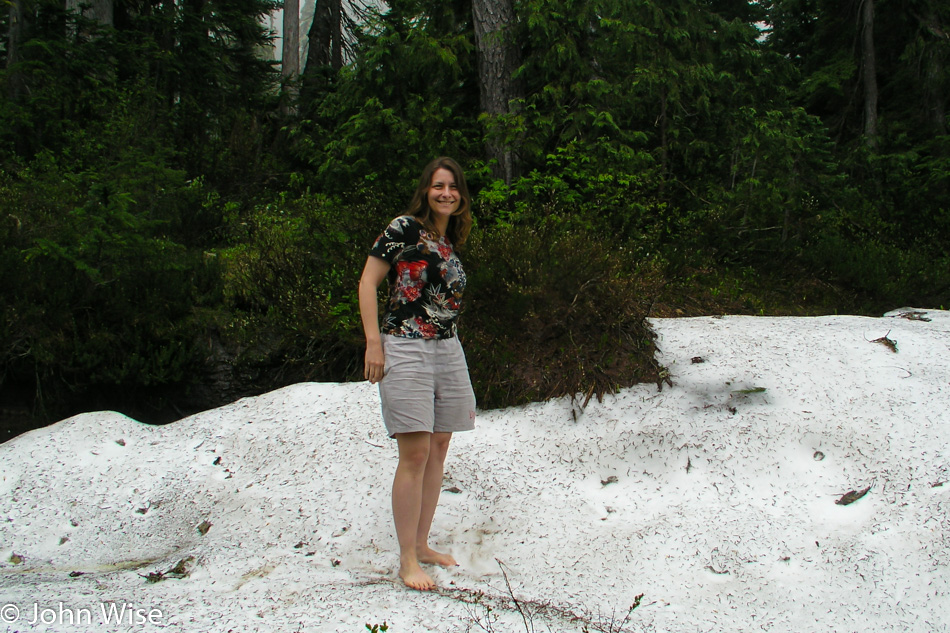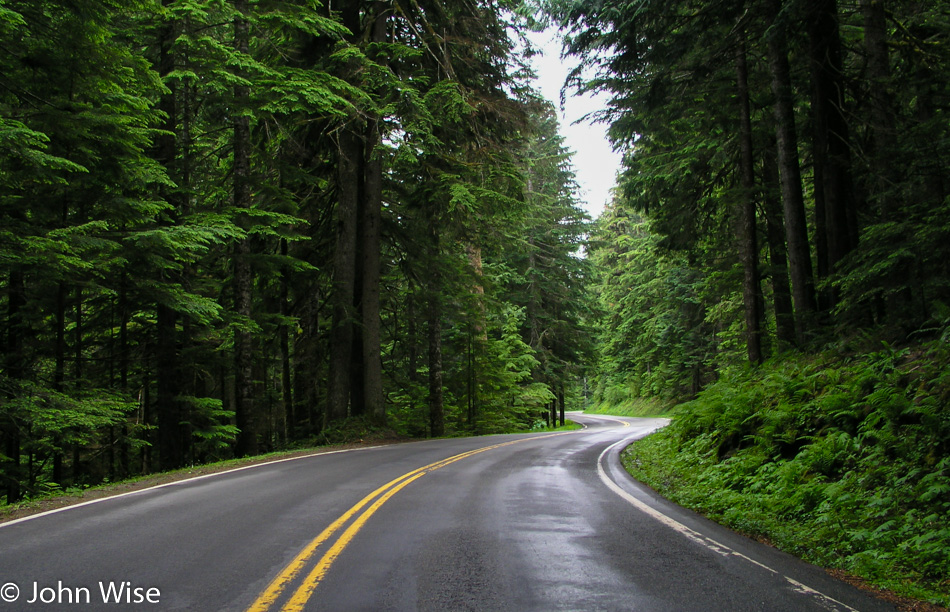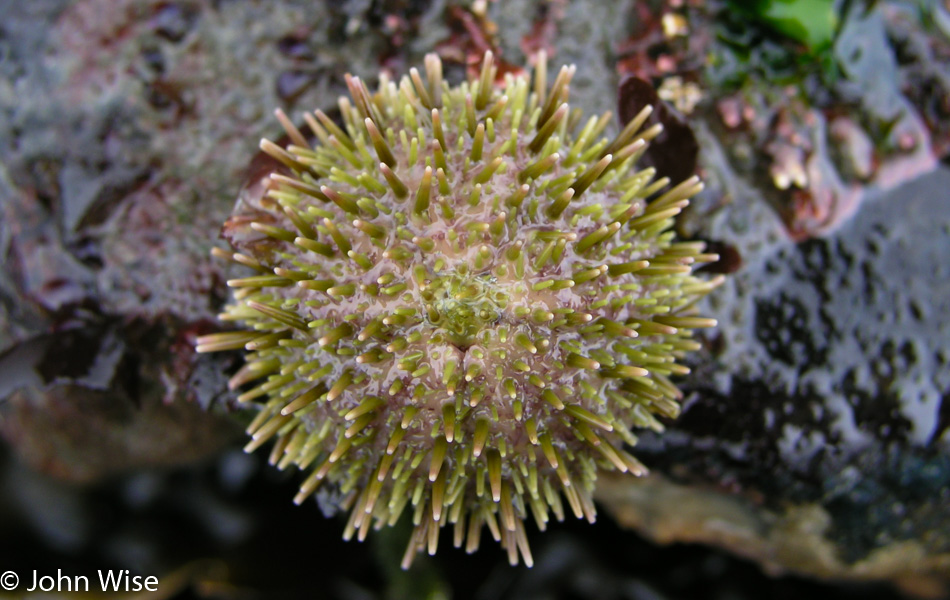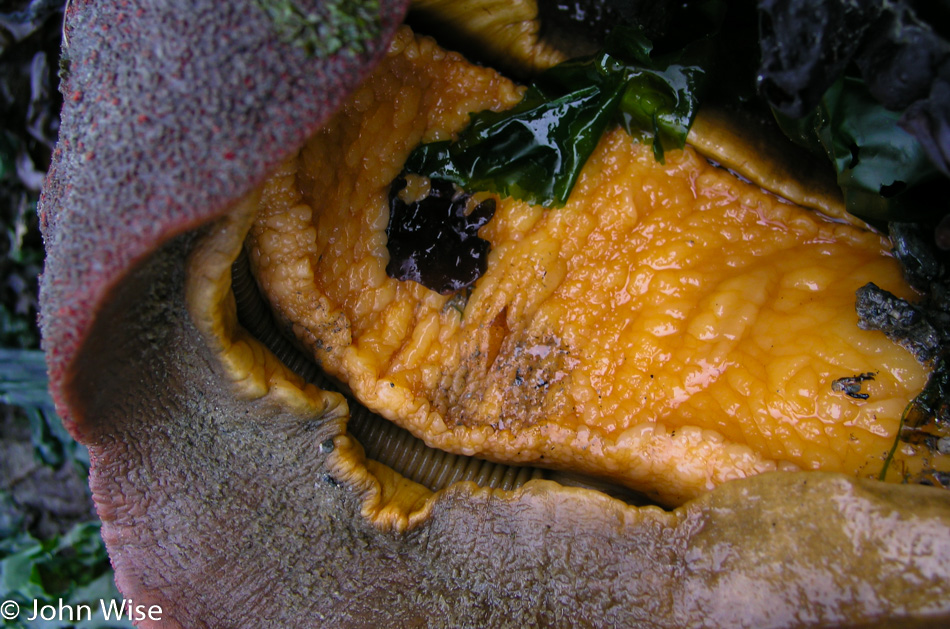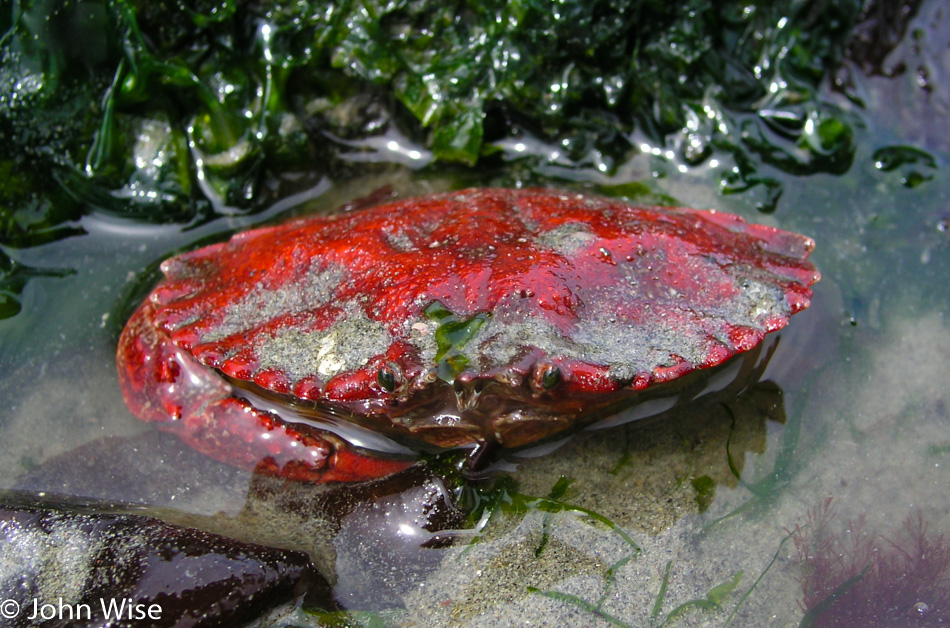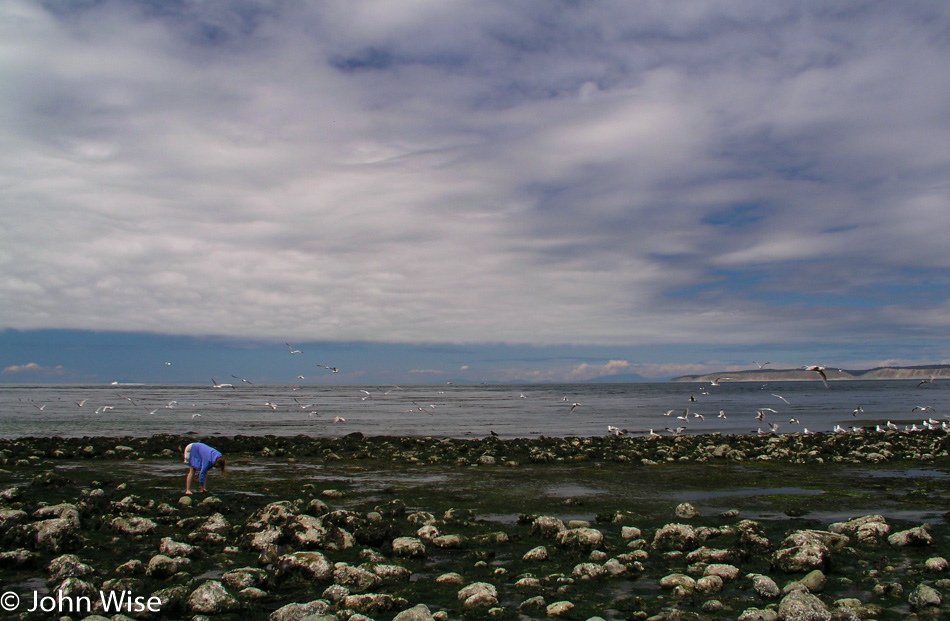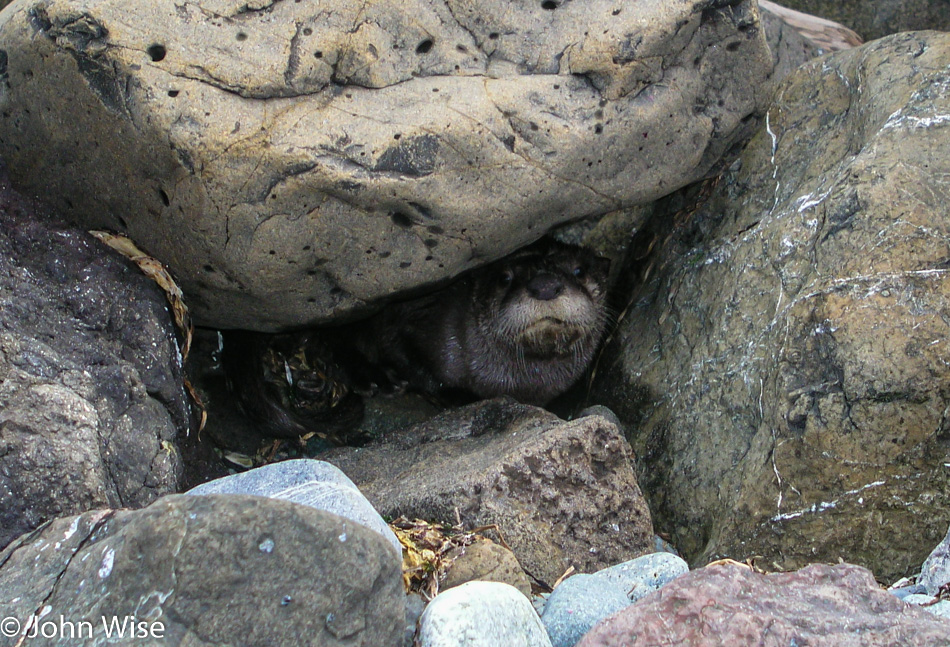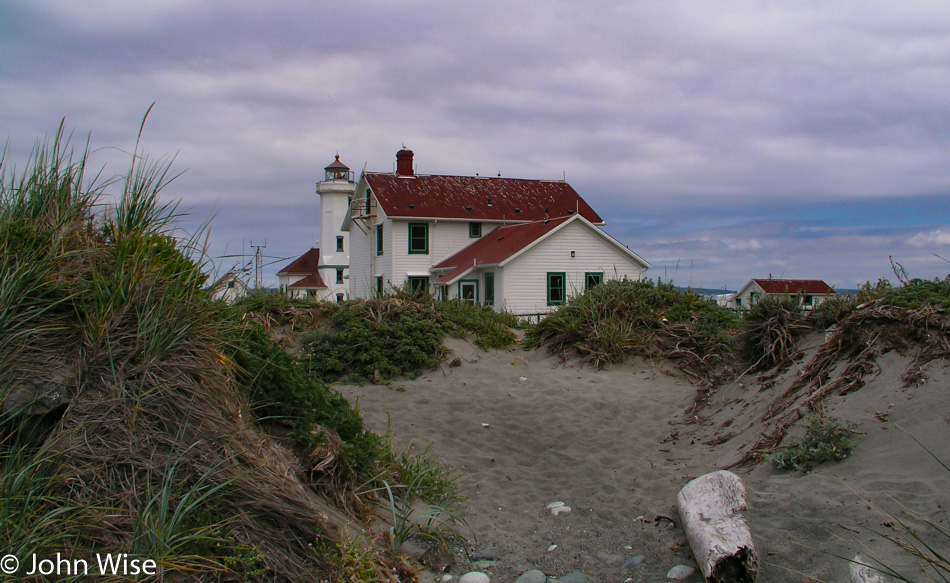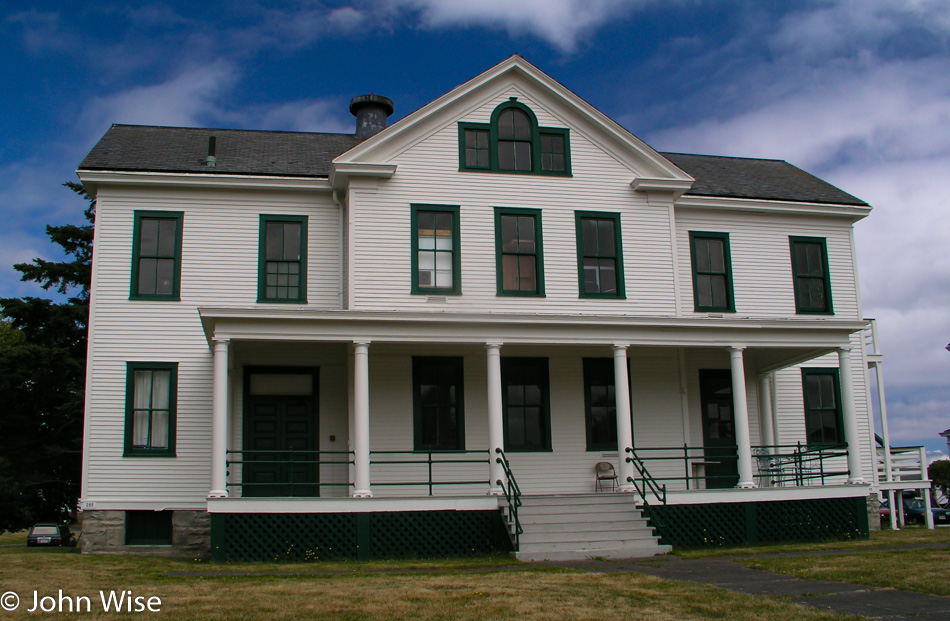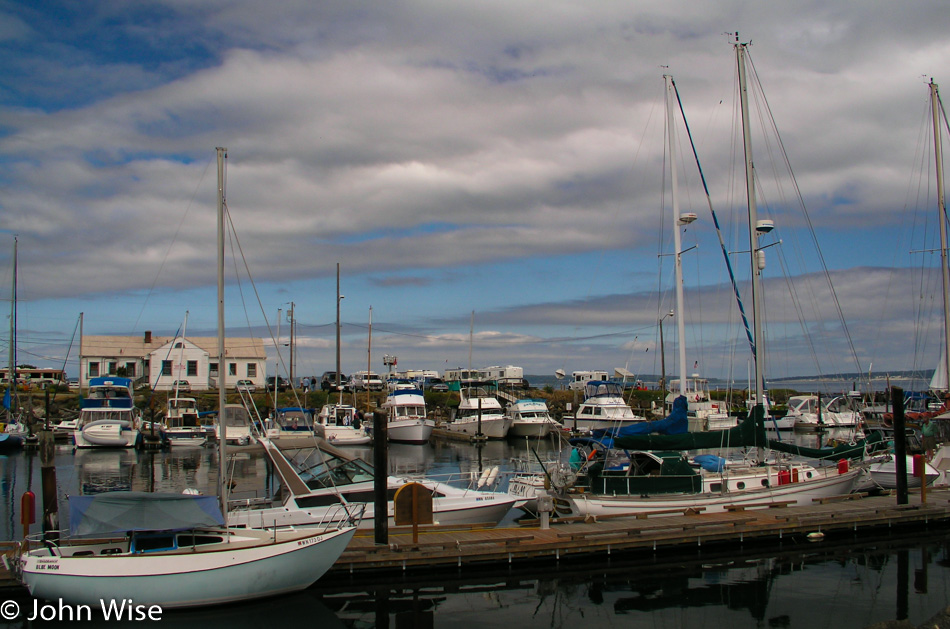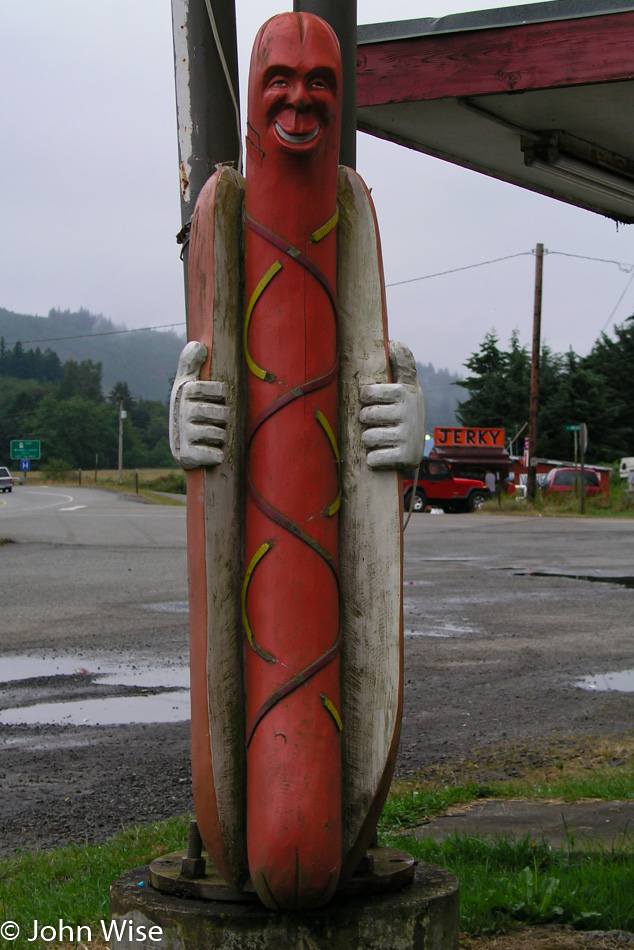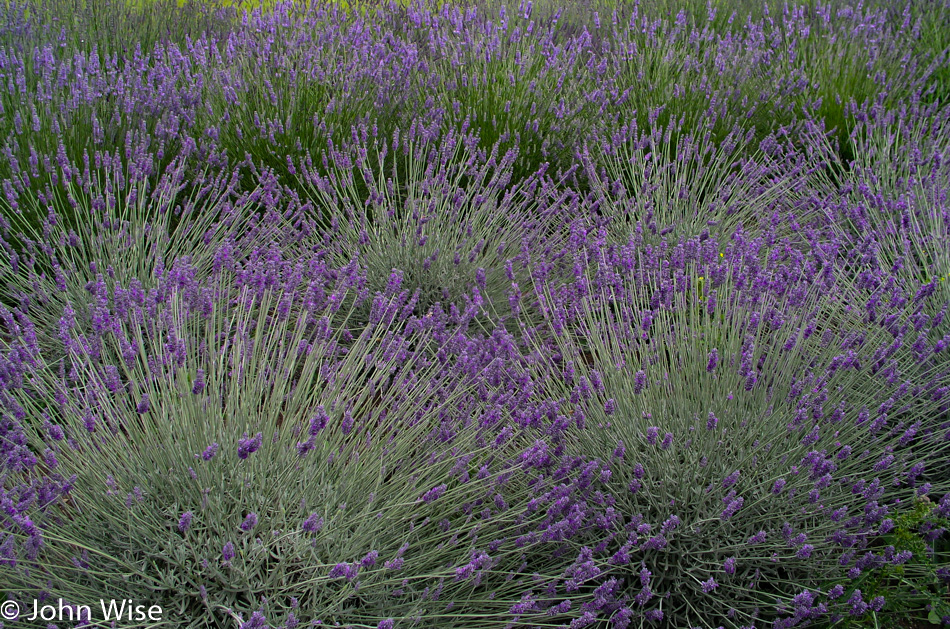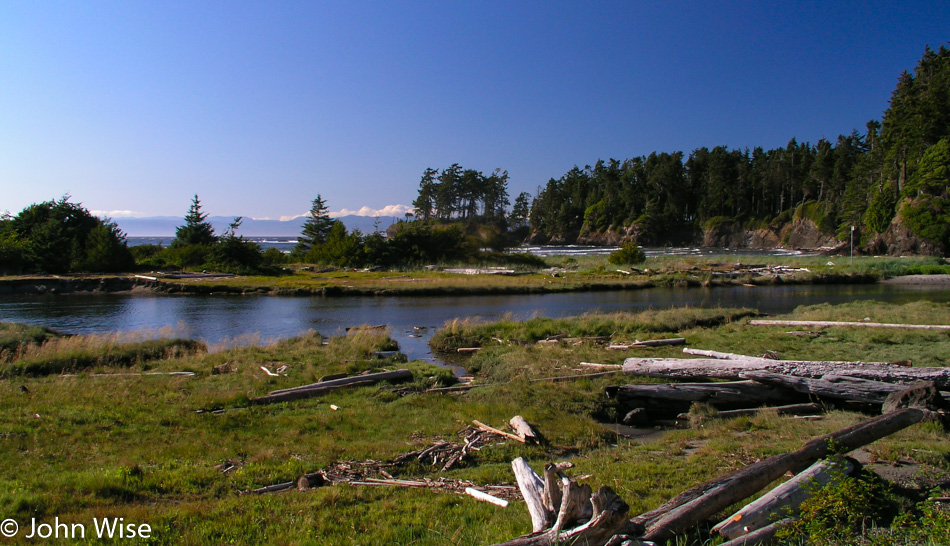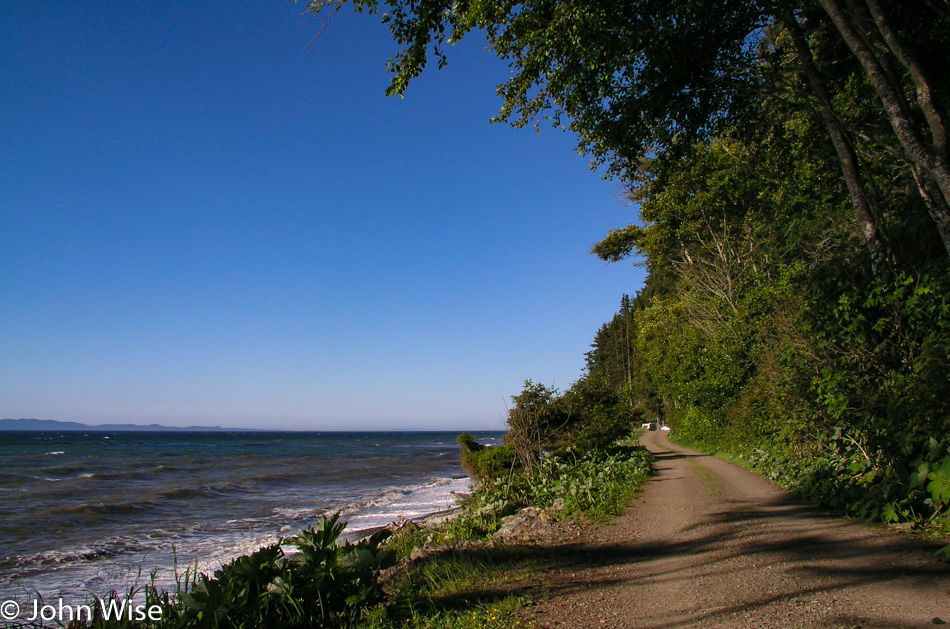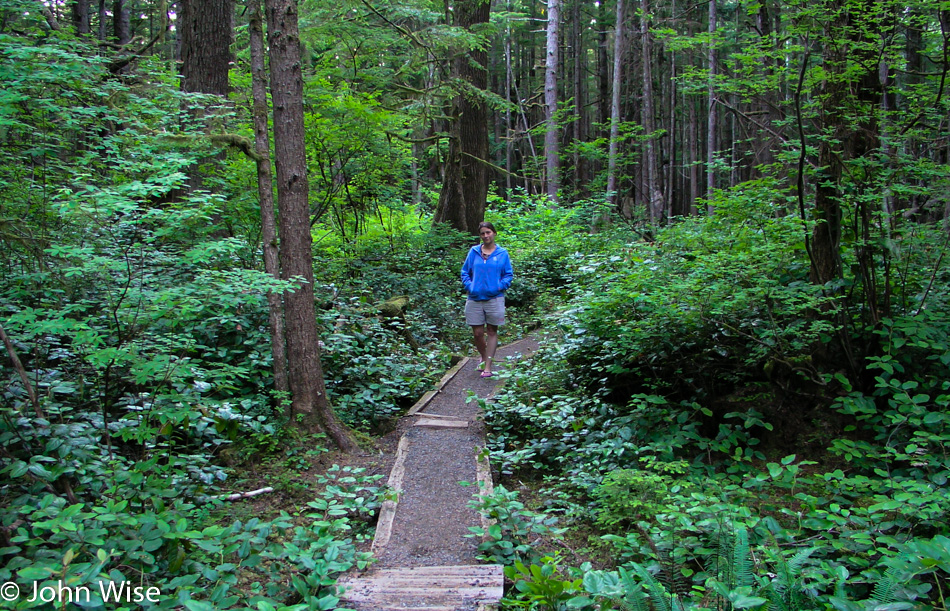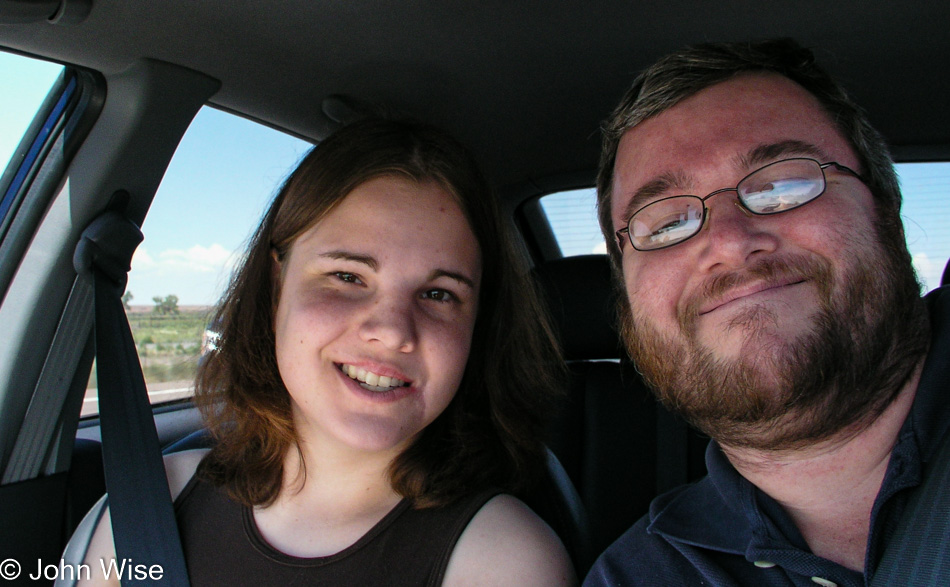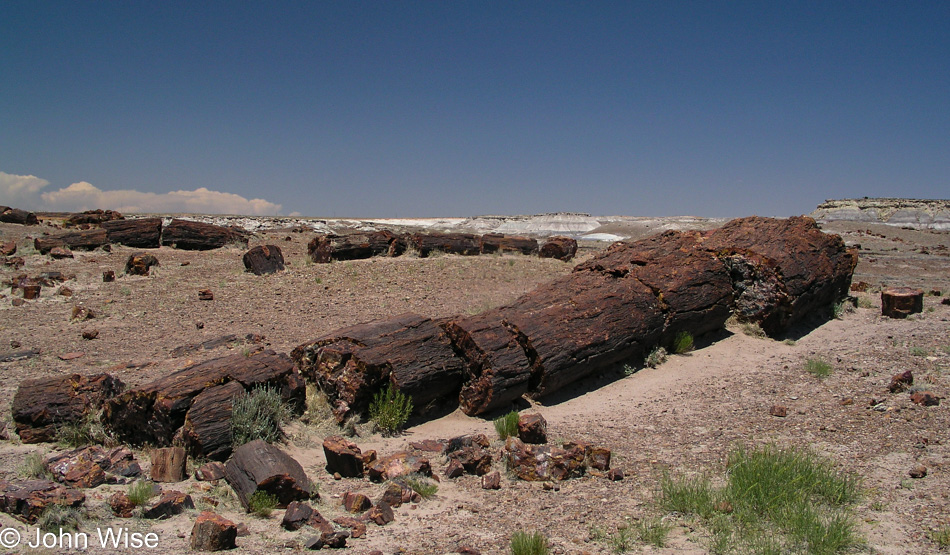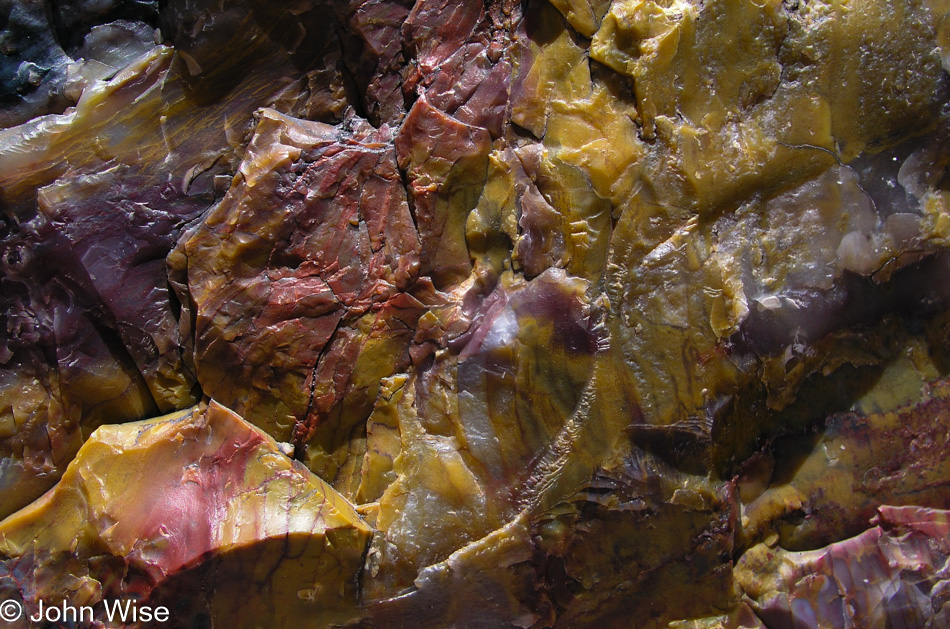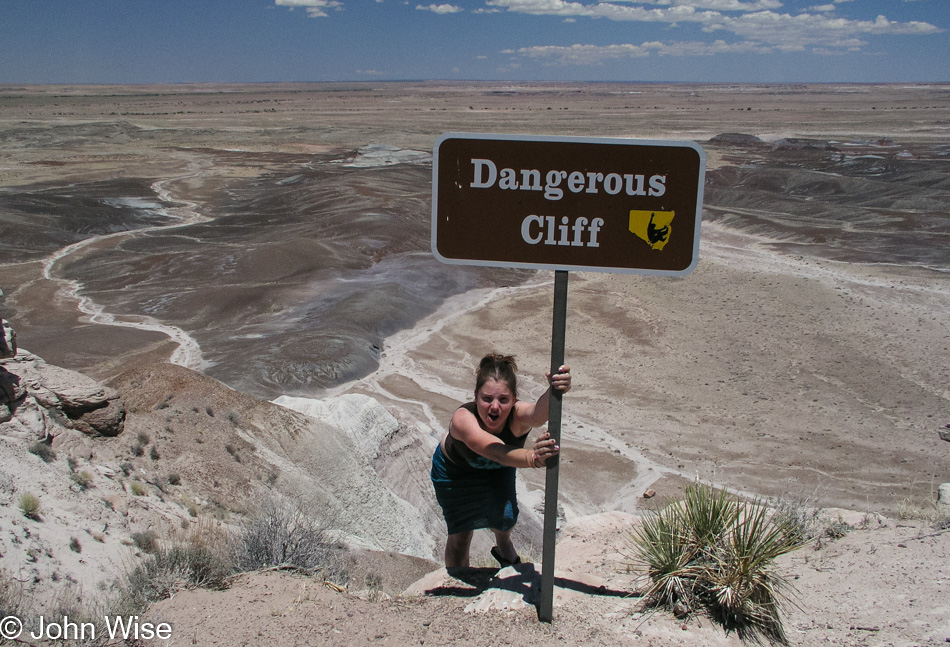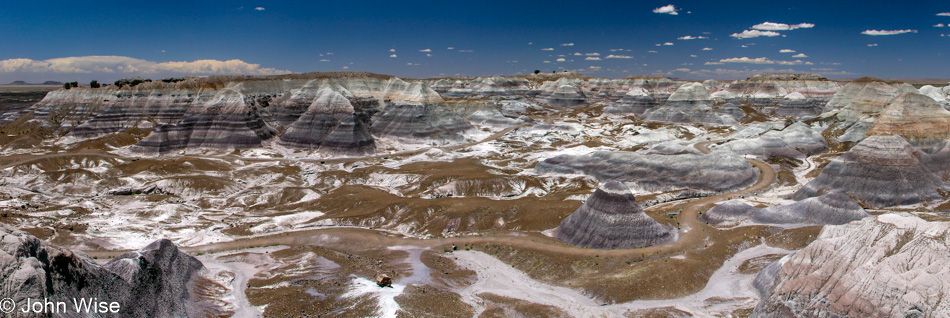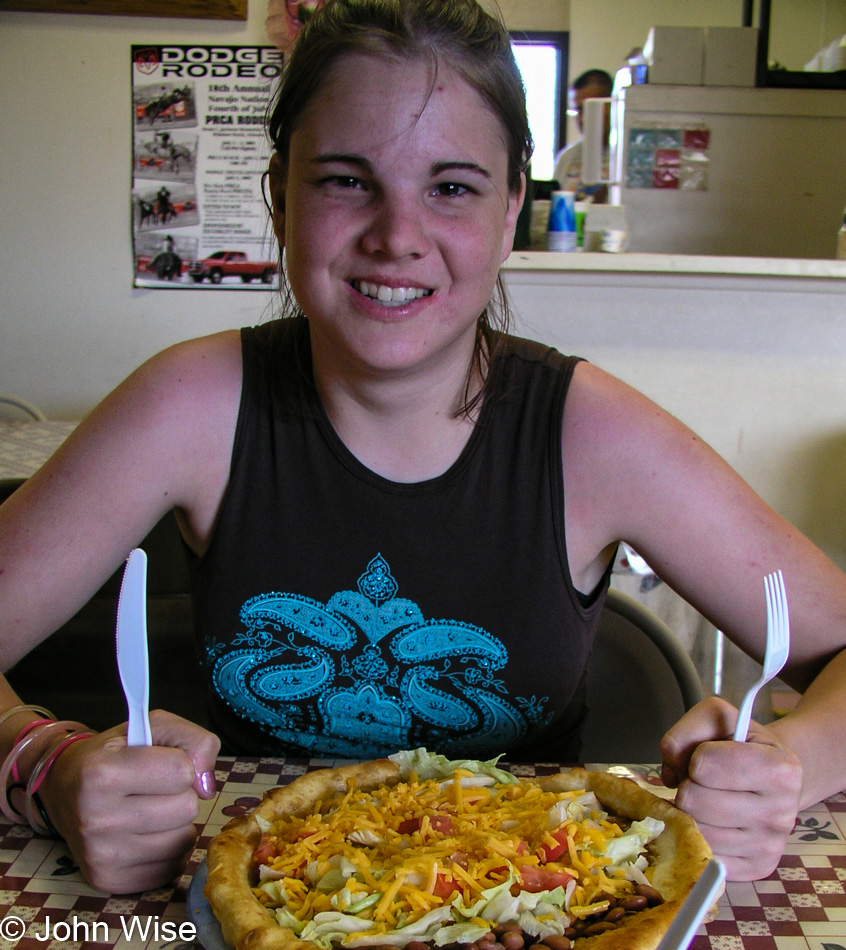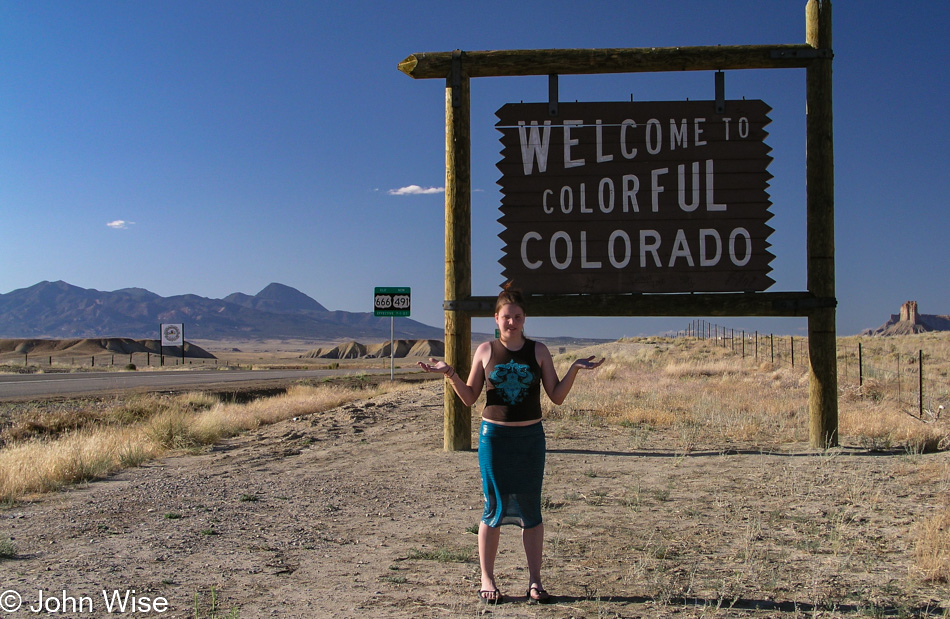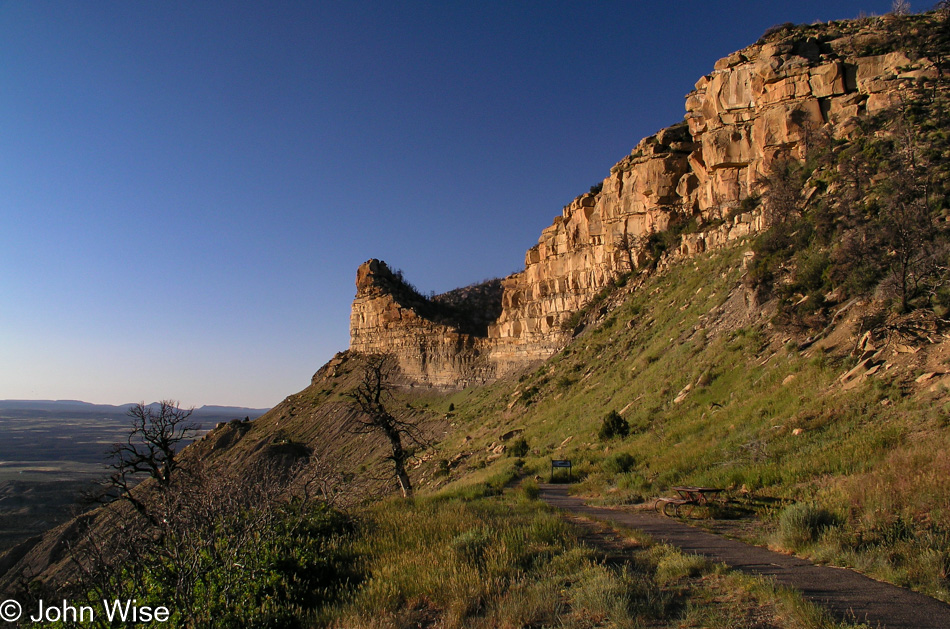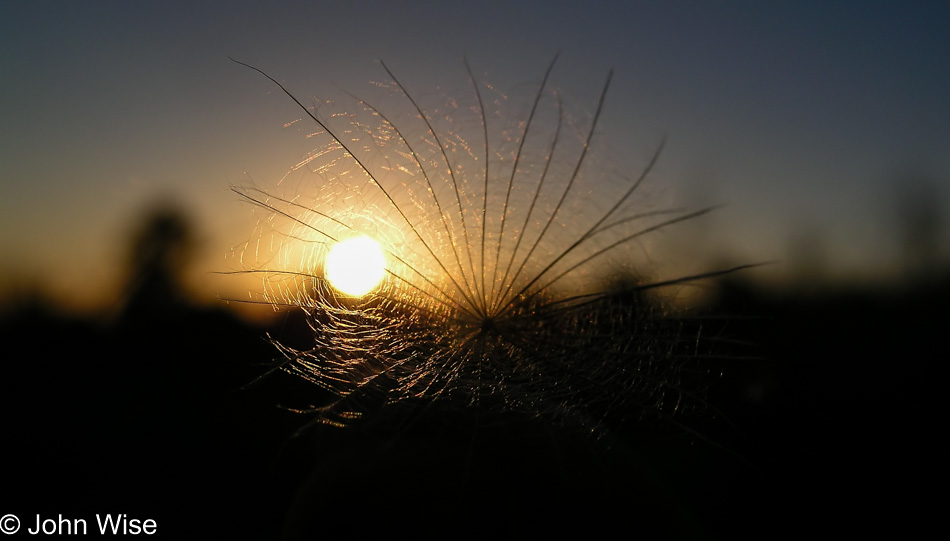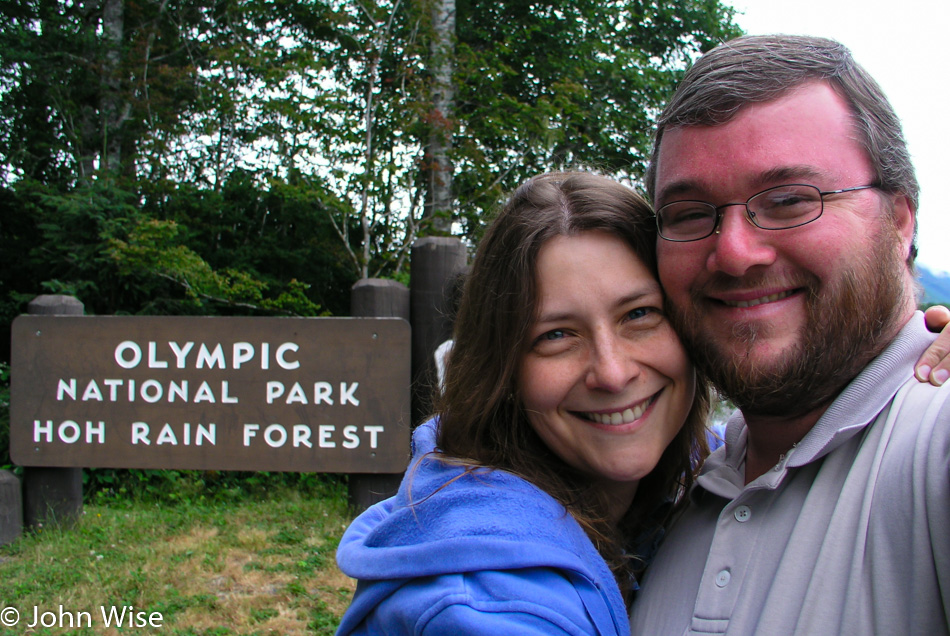
We greet ourselves with astonishment that we are so fortunate to visit one of the most beautiful places we’ve ever been to a second time. Who gets this lucky in life? Less than two years ago, we crept down the road for our first visit to a legitimate rainforest, listening to Enya, Brian Eno, and Vangelis.
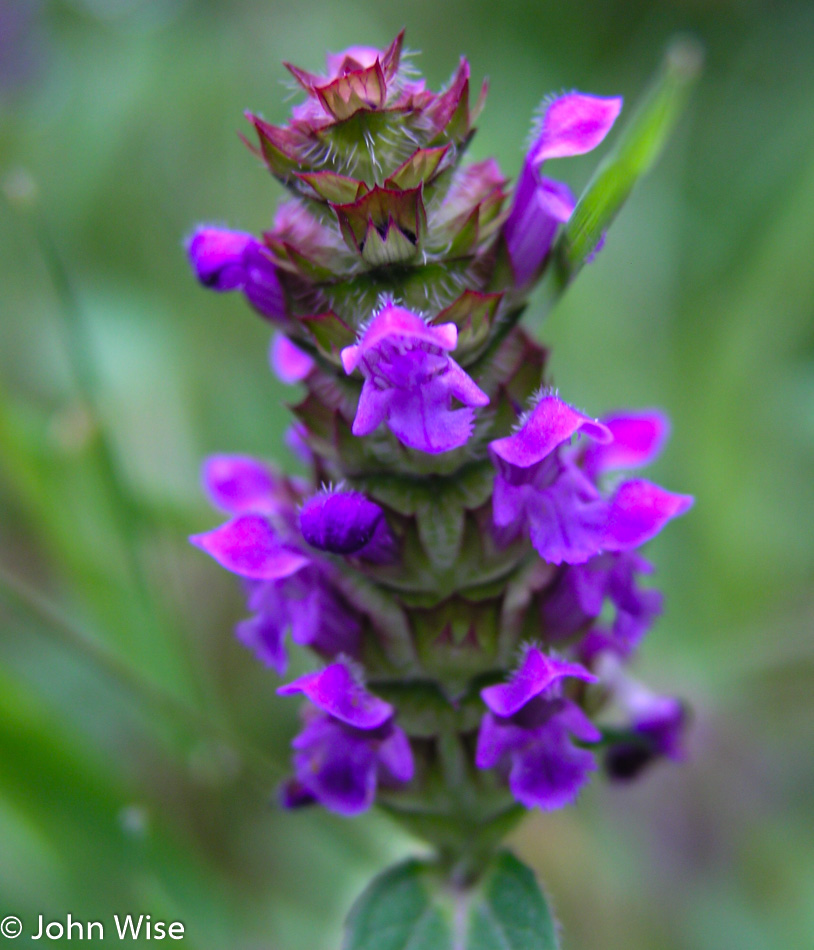
Driving in, I spot purple in the sea of green. It’s not hard to make a quick stop when you are only driving five mph. I think this is a Marsh Orchid, though, in reality, I’m not a botanist who really cares what it is beyond its striking characteristics of vibrant, colorful contrast to all that’s around it.
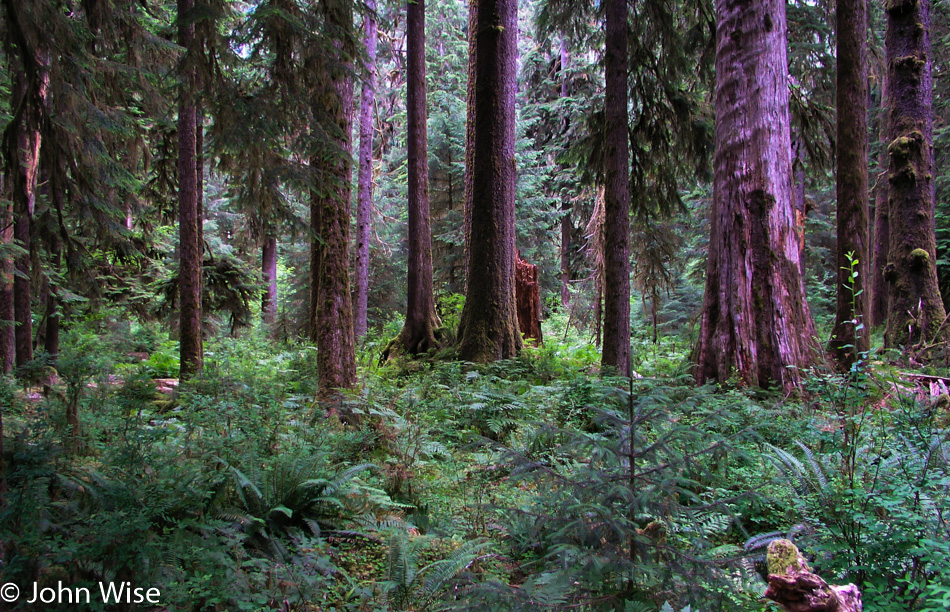
The visitor center wasn’t open yet when we arrived at the Hall of Mosses Trail, but that didn’t mean the trail was closed. This being summer, we were certain the throngs would be out in force, but it turns out that Hurricane Ridge is the main draw in this massive national park. When we visited this part of the park back in 2002, we left our motel before daybreak to be the first on the trail in order to best experience the quiet and solitude, but it so happened that we were never disturbed. Today is playing out much the same.
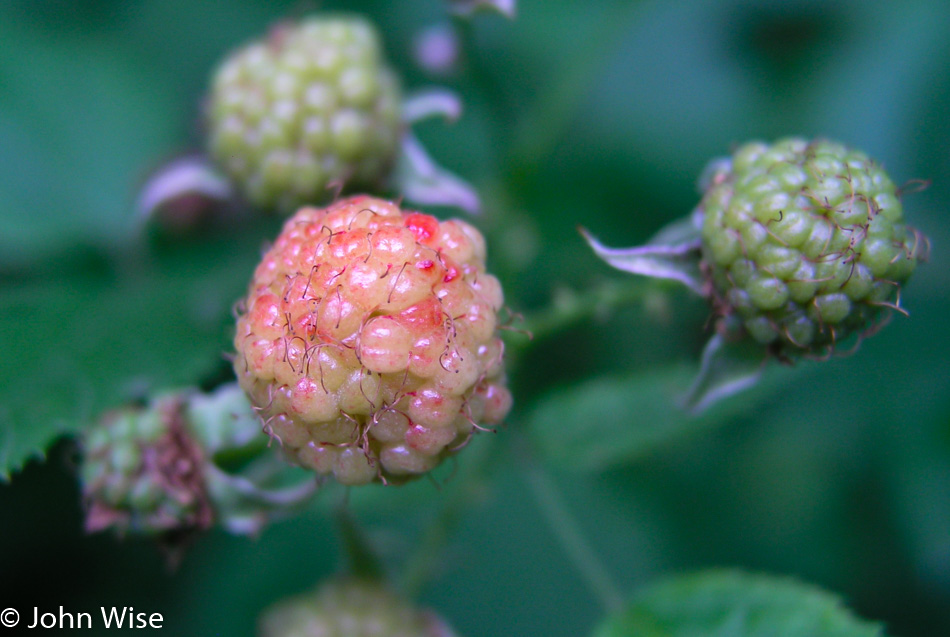
Note to selves: visit in late summer or early fall depending on when the wild berries are edible. A question to ourselves: if we really want to eat wild berries, will we be in competition with bears for one of their food sources?
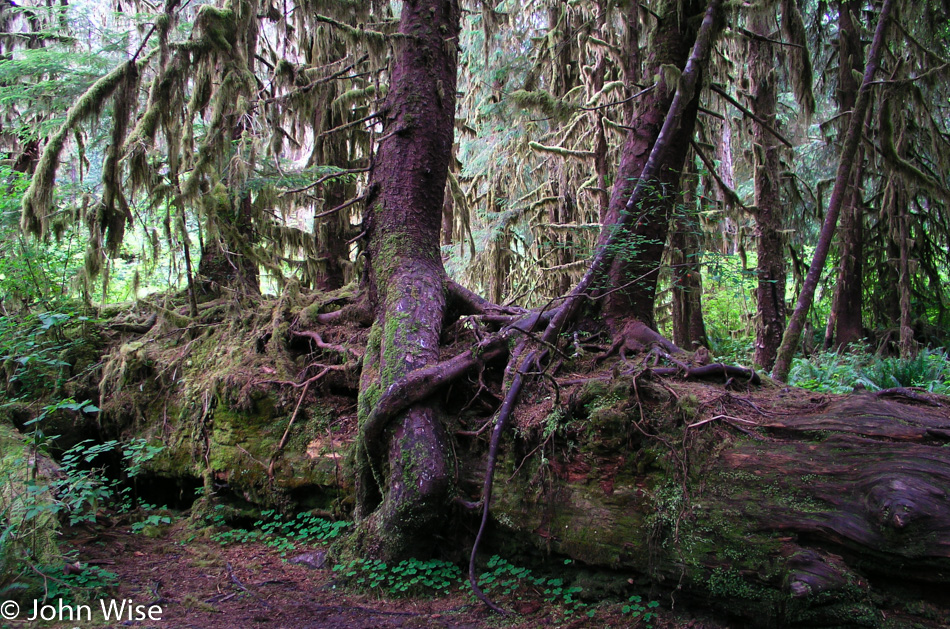
I don’t know what others see in this image, but it looked awfully sensual to Caroline and me, almost naughty really.
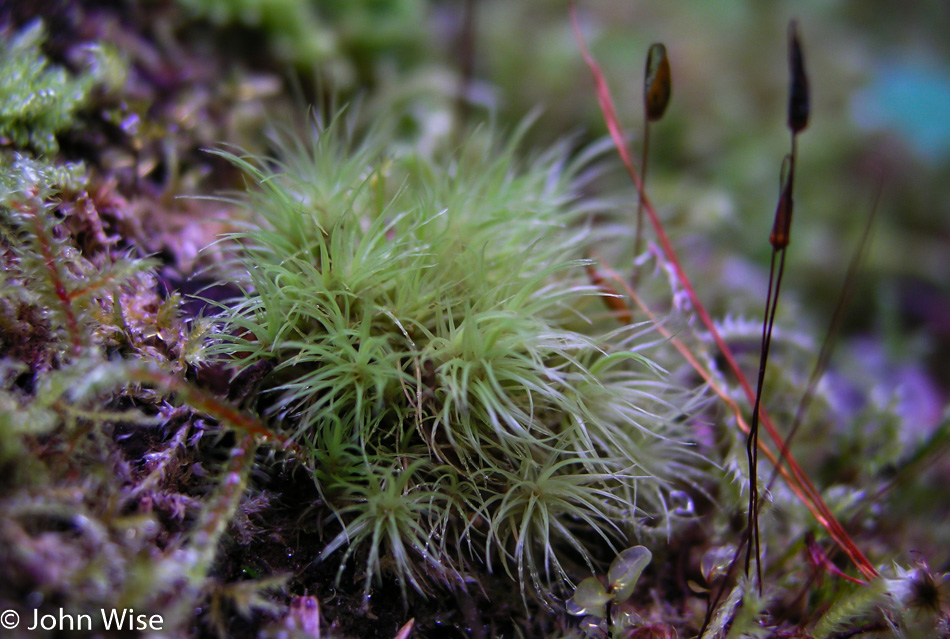
The larger world is so easy to see, but it is what is hidden and small, out of sight, and requiring a closer look that holds an enchantment that I long to want to know, to understand, to go within.
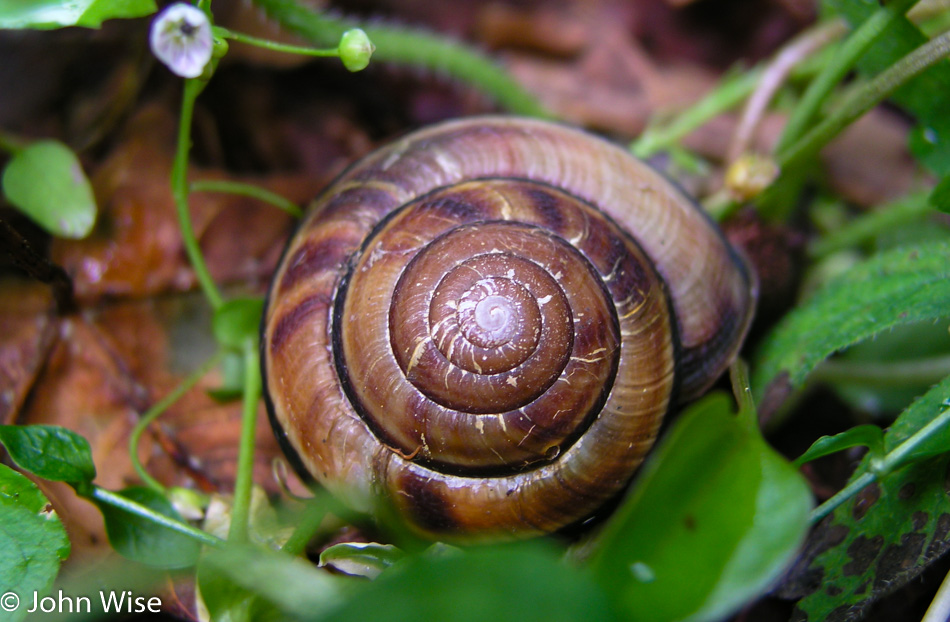
I should exclaim at some point here an enthusiastic “Happy Independence Day!” as it is the 4th of July in America. While we’ll miss any fireworks displays later today, the spectacle we are able to indulge our senses on both here in the Hoh Rainforest and later at the ocean will make up for missing anything exploded in the night sky with a giant boom.
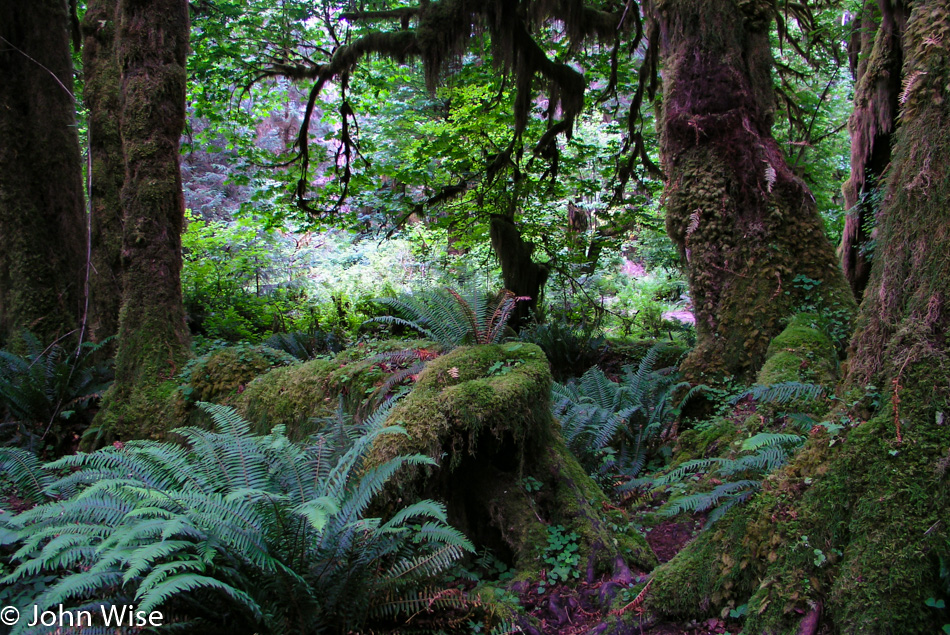
I probably should have chosen a lot fewer photos to accompany this blog entry, as our notes about this leg of the trip consisted of a single line entry that noted what time we arrived and left the area. So, the visual narrative will have to suffice where you can deduce that the images are a sequential story that followed our two-hour walk into the rainforest.
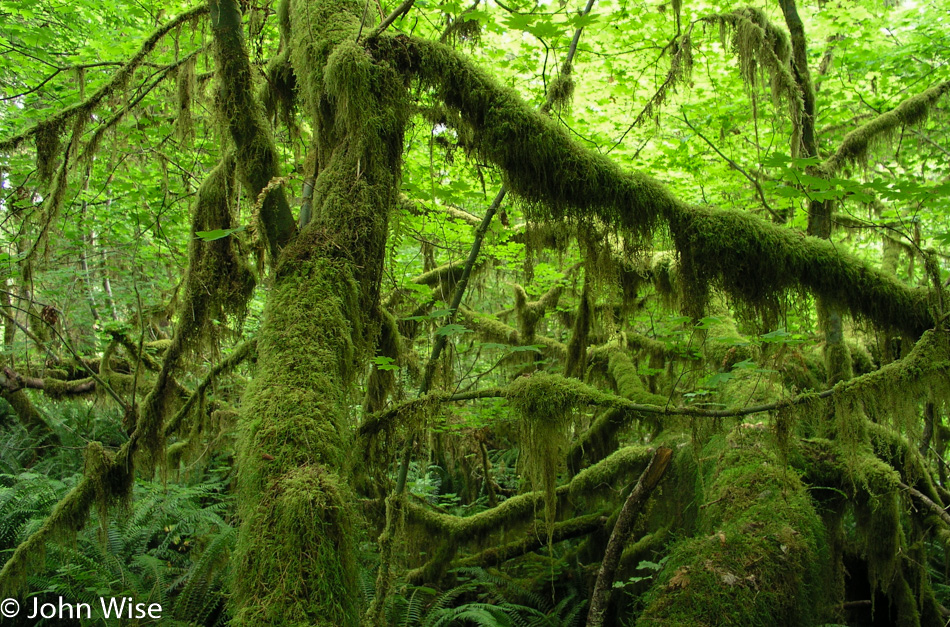
Hall of Mosses now makes all the more sense, though Cave of Mosses would also have worked on this part of the trail.
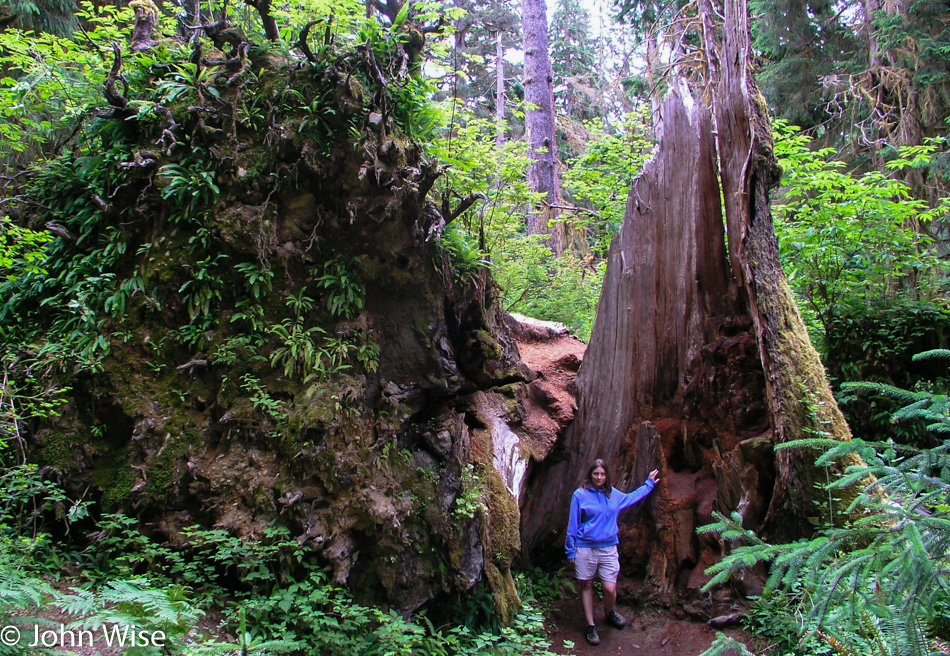
Land of Big Trees works occasionally, too. By the way, that tiny blue spot is Caroline, who is standing there for comparison.
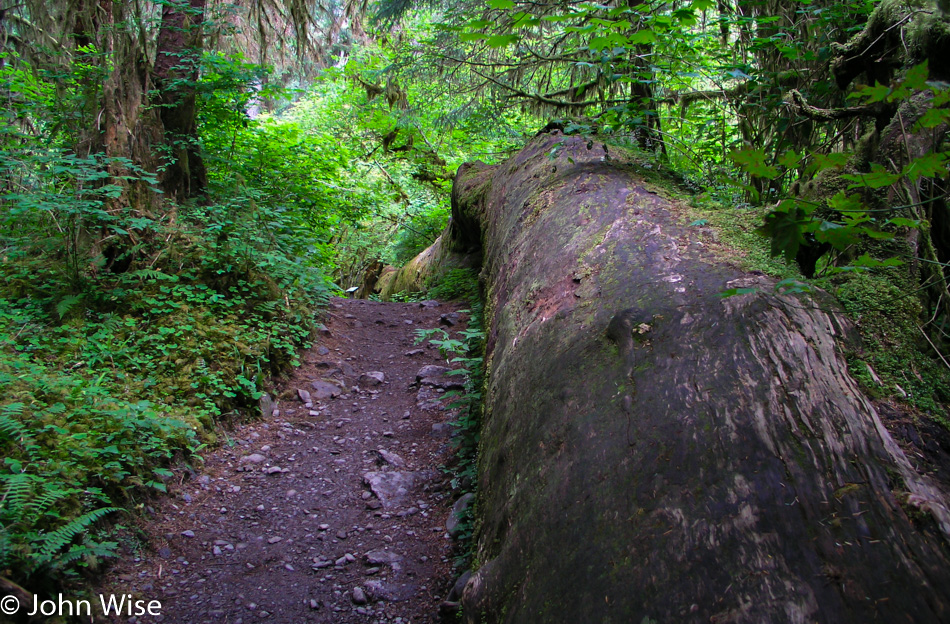
Would you believe this is a giant sandworm? Maybe a wood-colored forest snake? Okay, so the truth is it’s a 2,000-foot-long tree that fell in the last ice age that is a hollowed-out portal to another dimension; maybe not, but it could be.
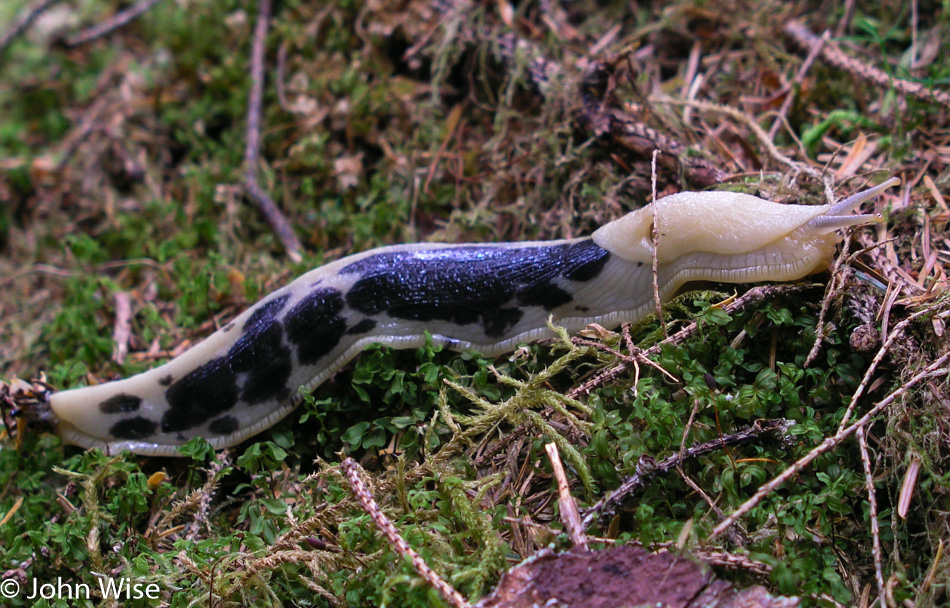
Limax Maximus isn’t the greatest superhero name when the two words are used together, but Limax sounds like one of the greatest superhero names to me. A spotted leopard slug, on the other hand, does not sound the least bit super or heroic. Sexy, though, comes to mind because what’s not sexy about slugs?
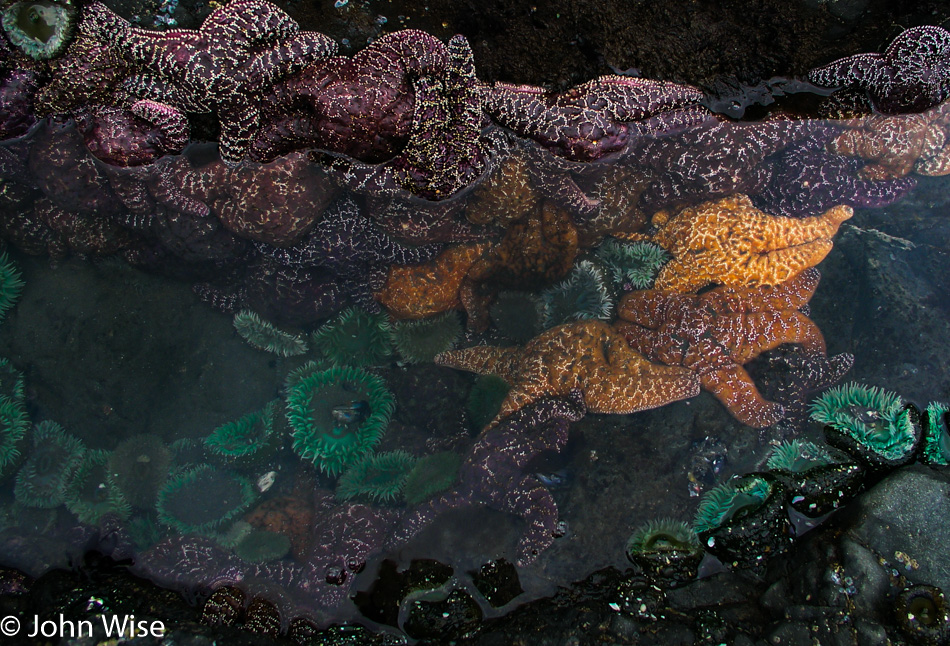
From spotted slugs to starfish, they could take on an air of unwholesomeness, but your mind would have to be in the gutter. Not that my mind is necessarily in the gutter (though it’s been known to flounder there from time to time), so what I was alluding to is transitioning from the slug to the chocolate starfish. I shouldn’t have gone there, but I did, so that’s that. By the way, we are at Ruby Beach out here on the Washington Coast, and it just so happens to be low tide.
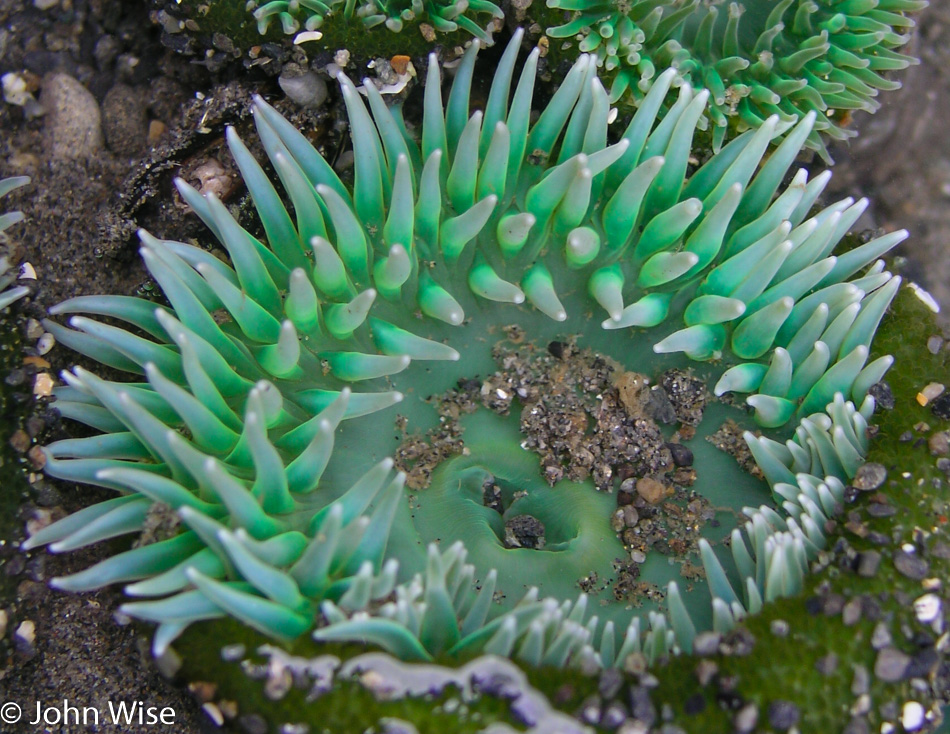
Don’t worry; I know of no way to besmirch the innocent anemone by dragging it into sexual innuendo that puts my immaturity on display. Funny how we’d never ask an anemone to act its age and remain appropriate as it gets away with showing us its anus. Come on now, have you really ever thought about it that the center hole is both its mouth and its butthole? Oh, how I wish I was built the same way.
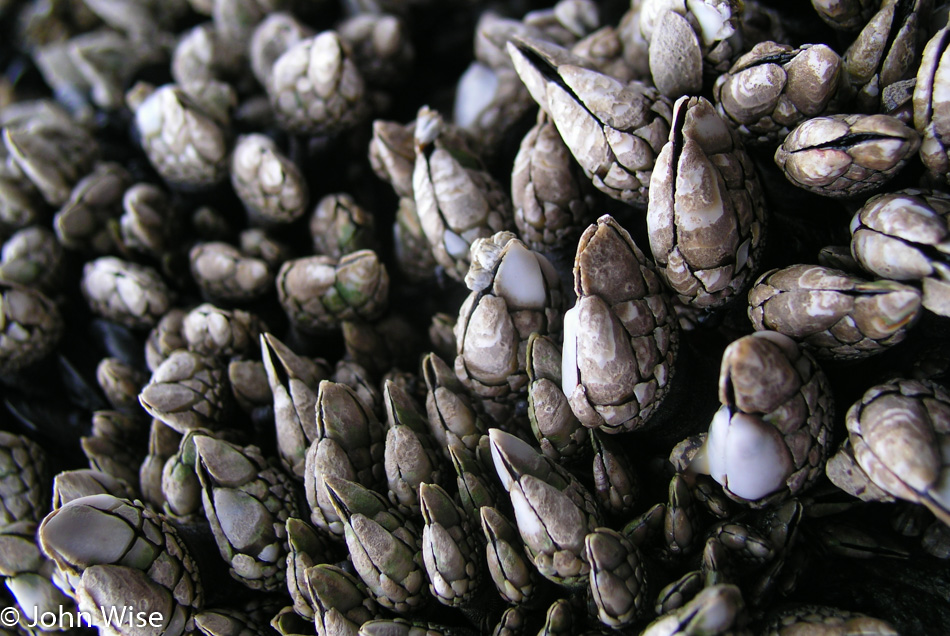
Right about now, the reader must be wishing their eyes and ears were like these crustaceans, sealed up tightly.
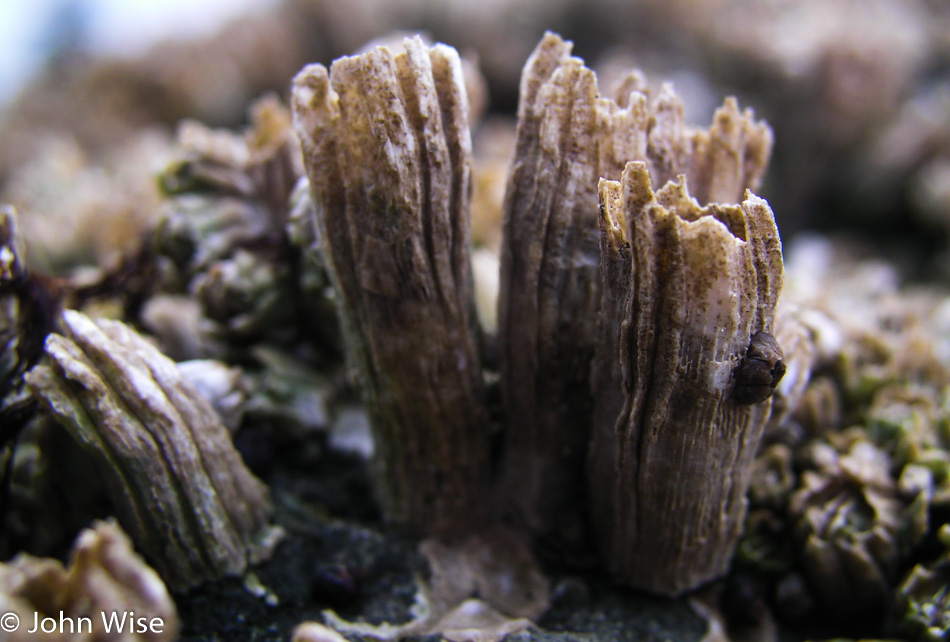
Who’s that knocking at my door?
Said the fair young maiden!
Well, it’s only me from over the sea,
Said Barnacle Bill, the Sailor,
I’m all lit up like a Christmas tree,
Said Barnacle Bill the Sailor.
I’ll sail the sea until I croak,
Drink my whiskey, swear, and smoke,
But I can’t swim a bloody stroke,
Said Barnacle Bill the Sailor.
Of the over 1,200 species of barnacles, it’s probably not a bad thing that when Ballochy Bill The Sailor was adapted to a cleaner version of the song known as Barnacle Bill The Sailor, the writer didn’t know about these acorn barnacles as the song would certainly not had the same cadence and flow. Click the link for the song’s history, and you can read the original lyrics of the raunchier version; seriously, you should read those lyrics.
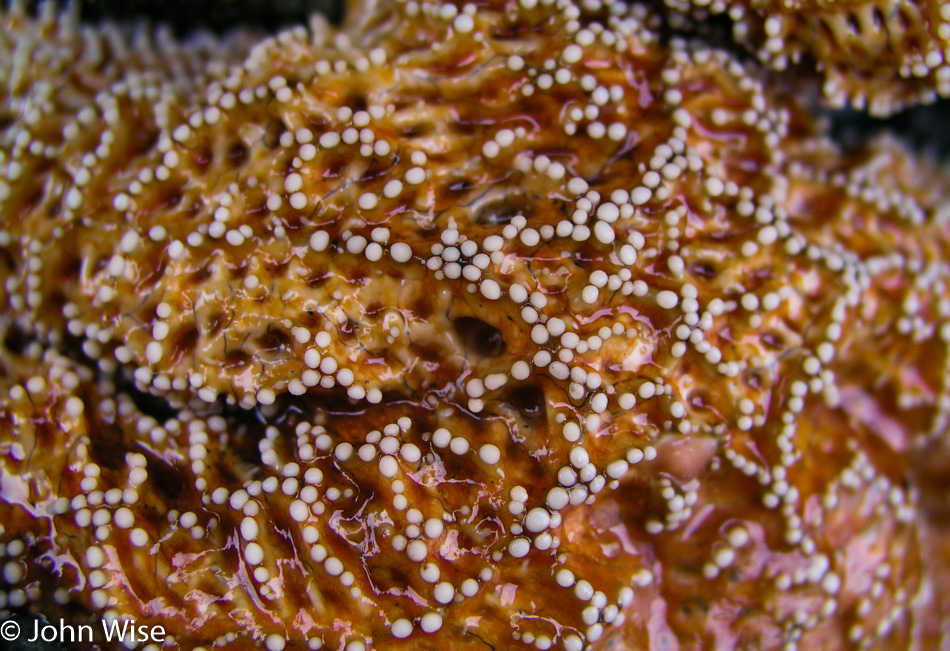
Can you grow back like a starfish? Do you even know the reference? Try listening to this song from Antony and the Johnsons titled Cripple And The Starfish.
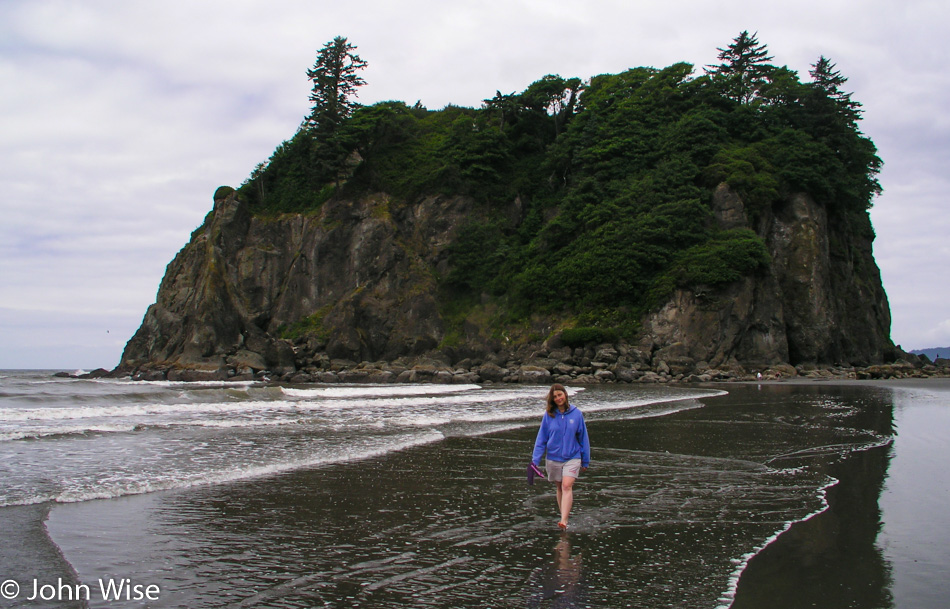
It’s sunny when it needs to be, while at other times, a bit of moody, overcast sky sets a tone that paints the environment with the appropriate colors to suit our senses and create just enough magic that makes it all special.
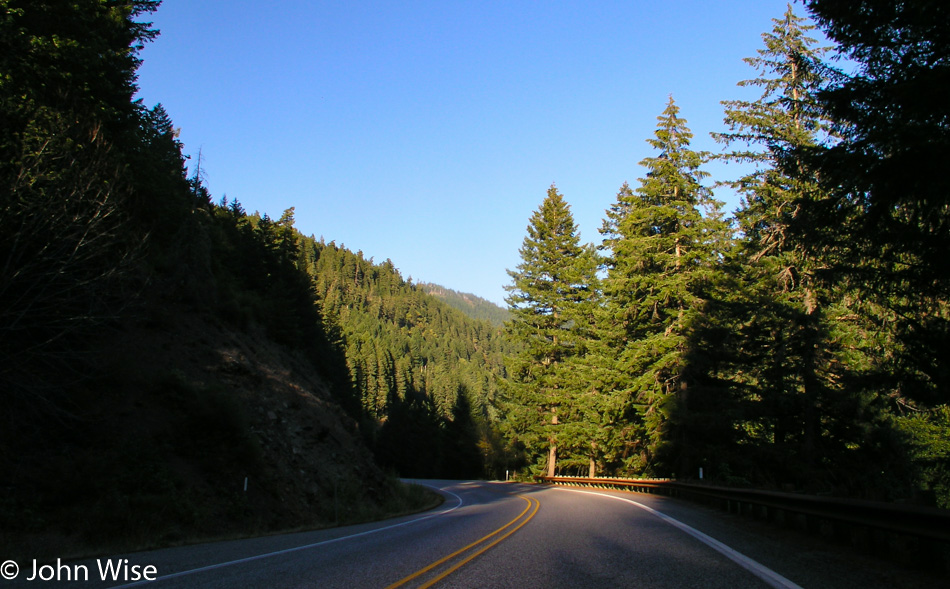
It was 2:00 p.m. as we left Aberdeen, Washington. Sadly, our notes point out that we ate at KFC in town, not that Aberdeen has a lot more to offer than that but it’s kind of embarrassing to admit we ate there. Maybe I should also come clean that we once ate at a Taco Bell leaving Death Valley, though we tossed it after a few bites, deciding to wait for something reasonable further down the road. Plus, we had to eat fried chicken in commemoration of Jim Morrison. Are you intrigued why the singer for the Doors inspired this instead of Aberdeen’s most famous resident, Kurt Cobain? Because punk rock and LSD.
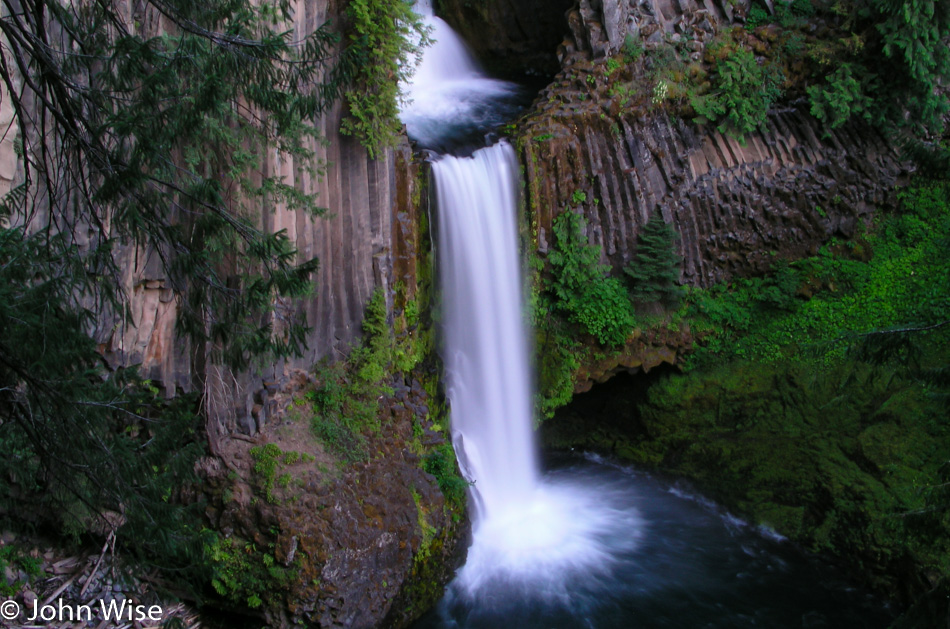
This is the most unceremonious passing through Oregon EVER! We enter the state on Interstate 5, and nearly without pause, we just drive south. Reaching Roseburg, we turn left as we’re staying at the Featherbed Inn in Chemult, Oregon, but before we get there and with the few remnants of available daylight, we stop at Toketee Falls. From rainforest scenes and marine life at the edge of the sea to a walk in the forest to this waterfall, we cannot complain that this 4th of July was anything other than spectacular.
